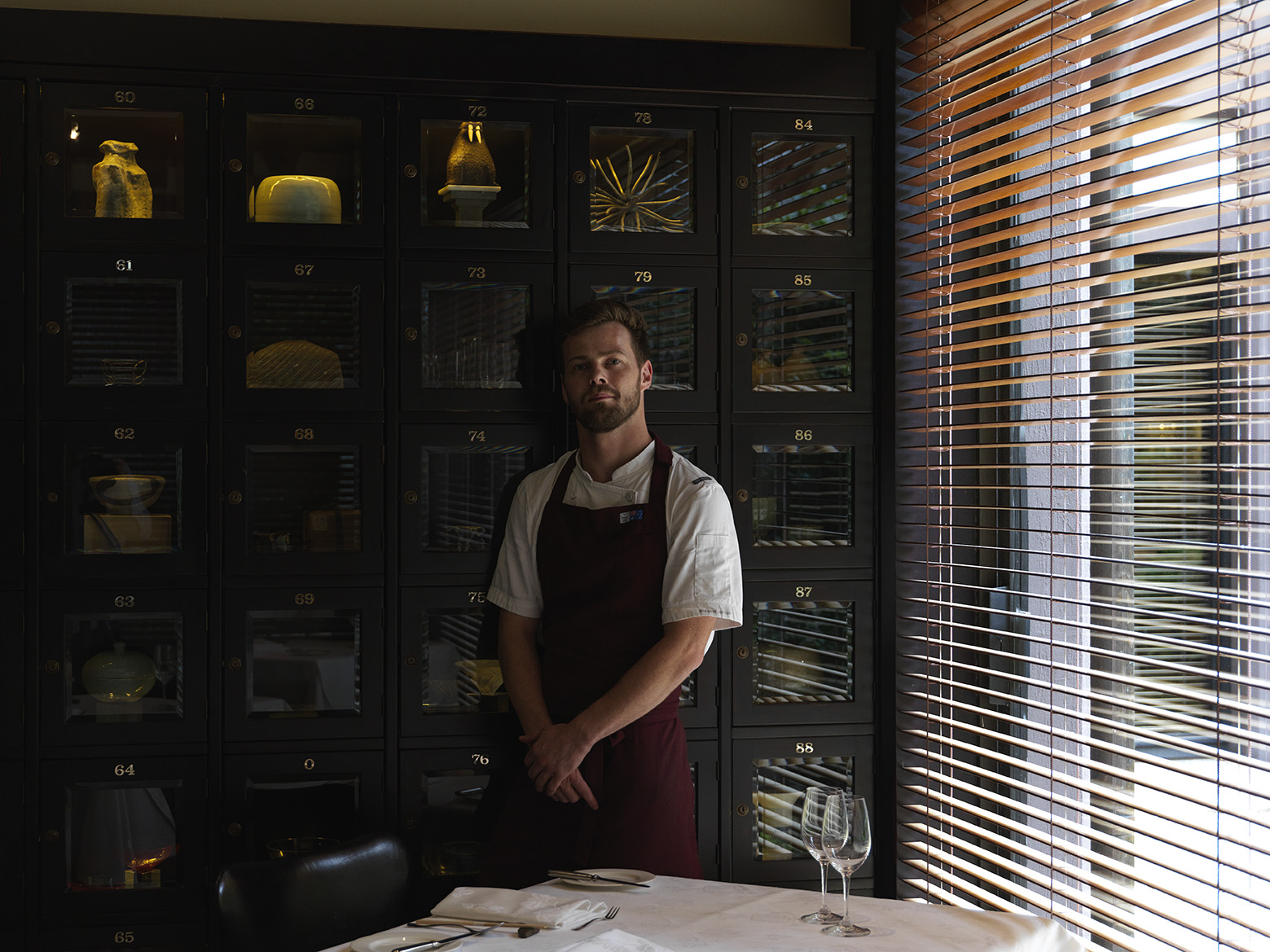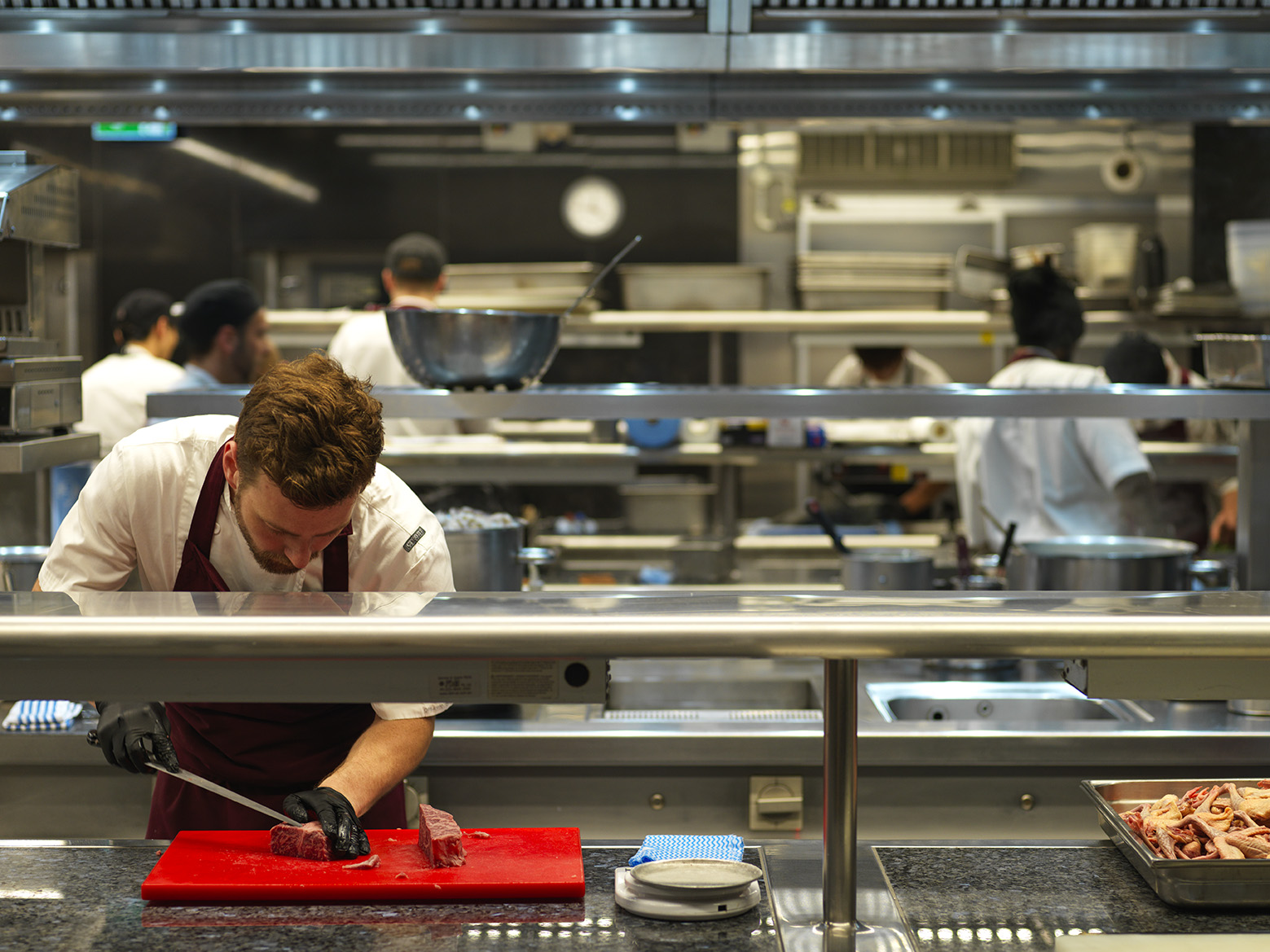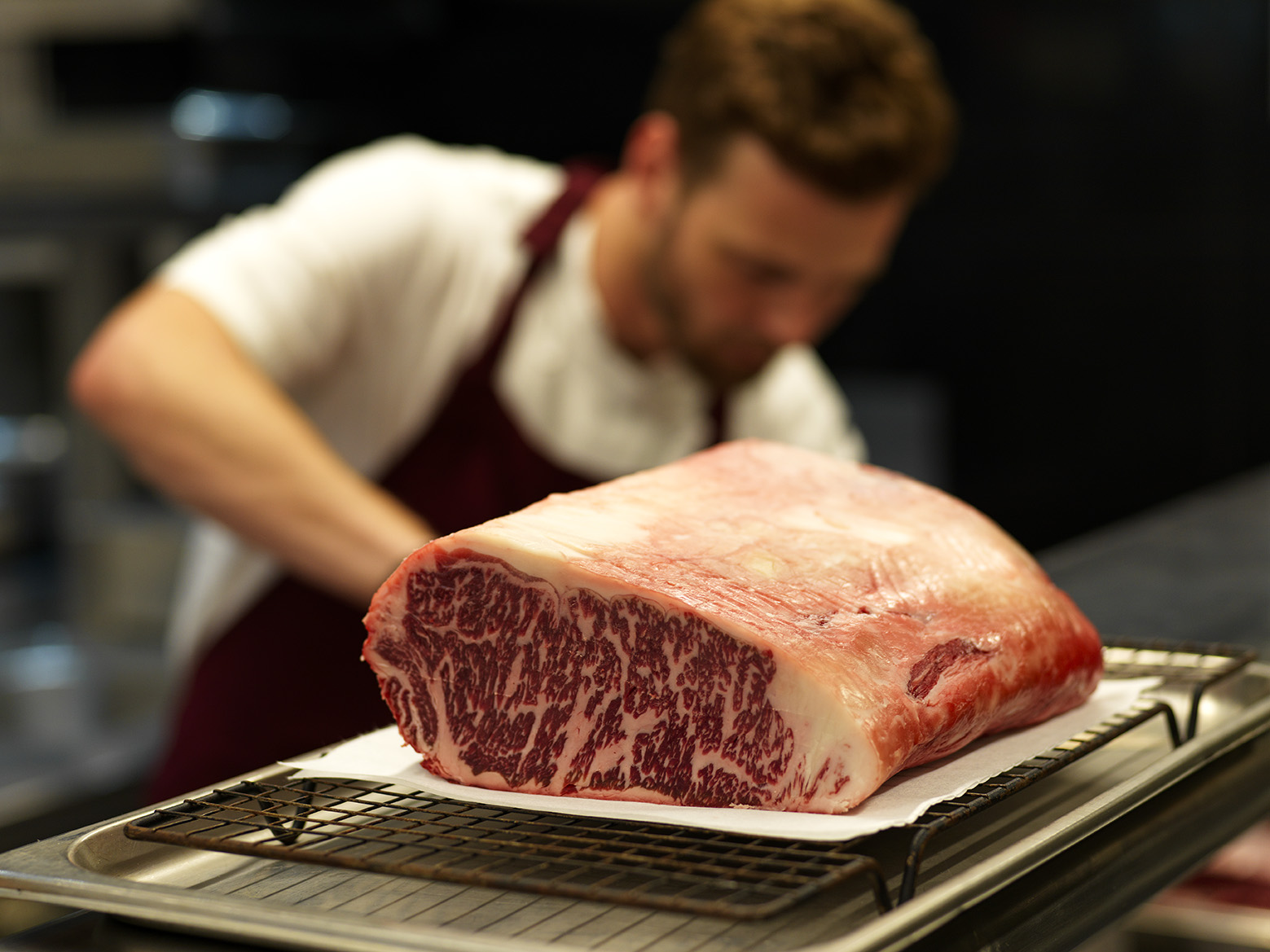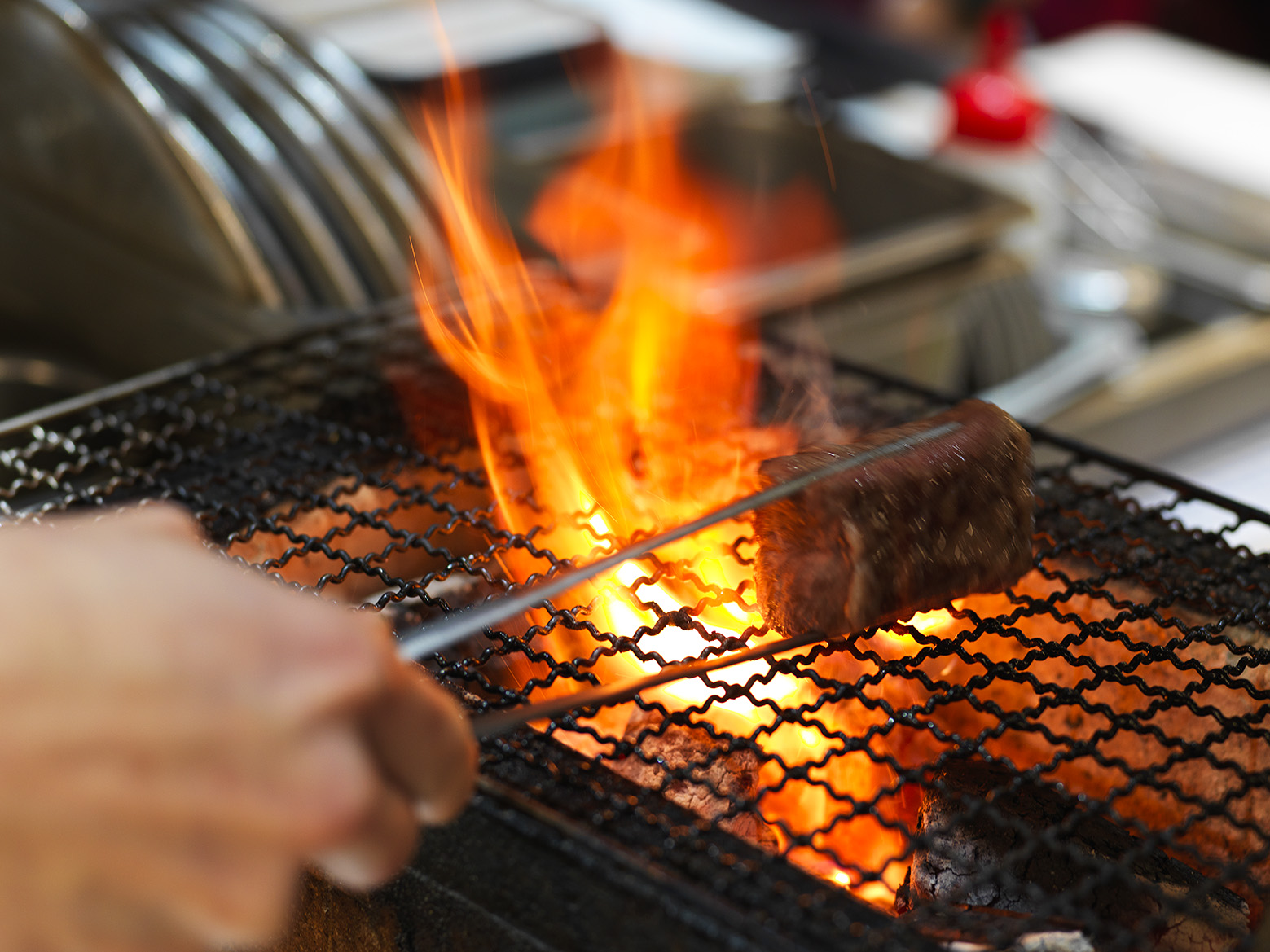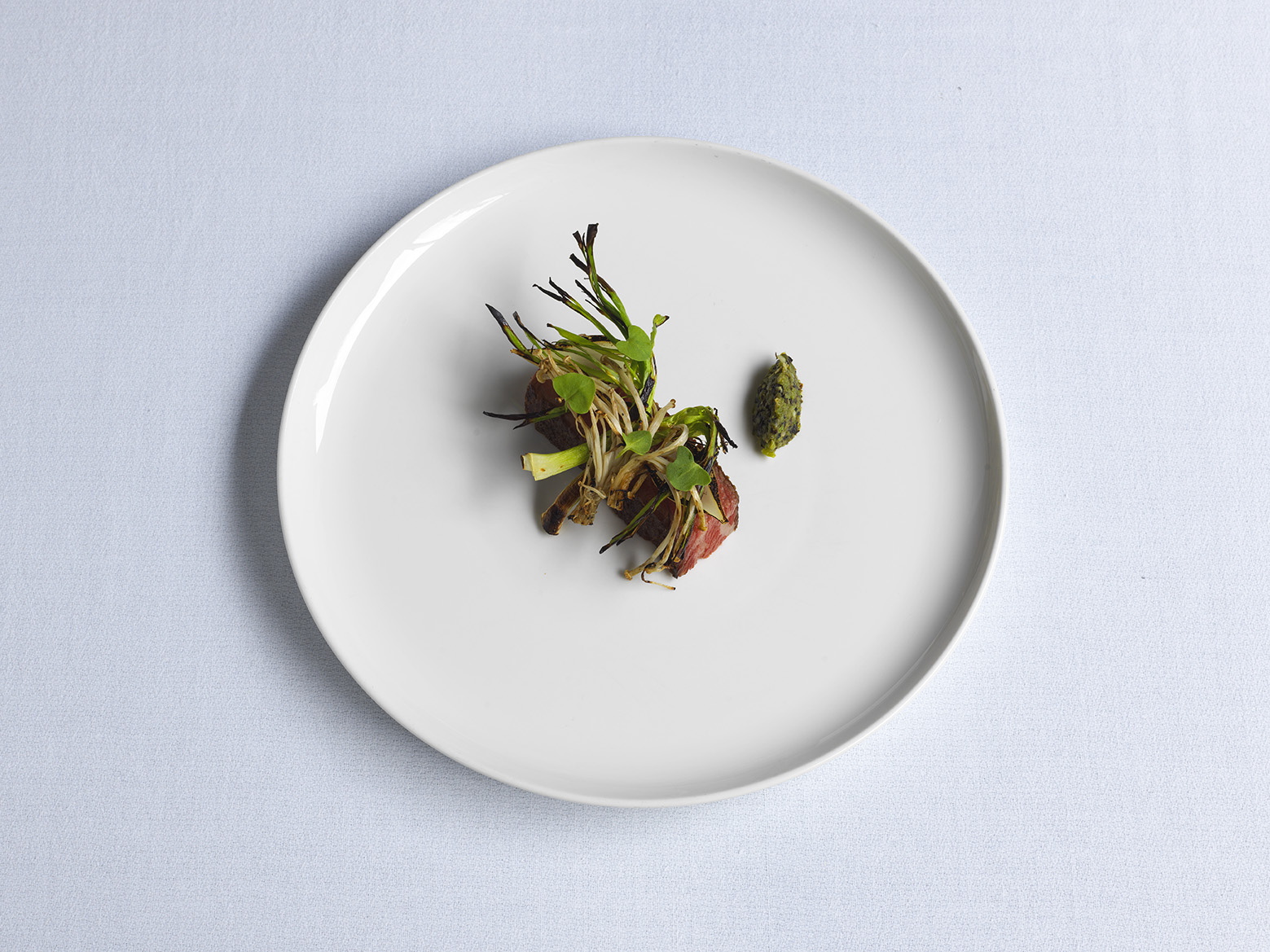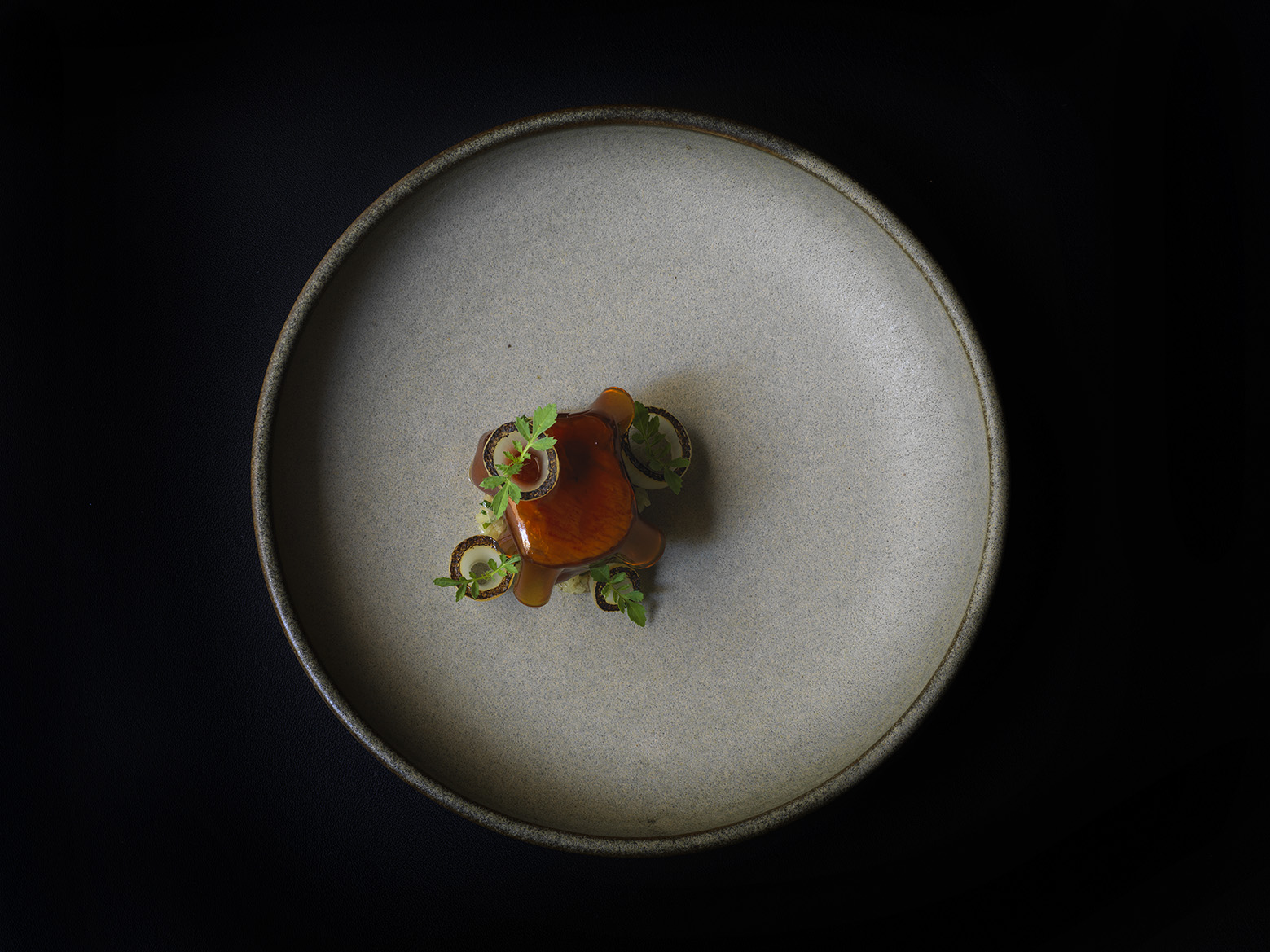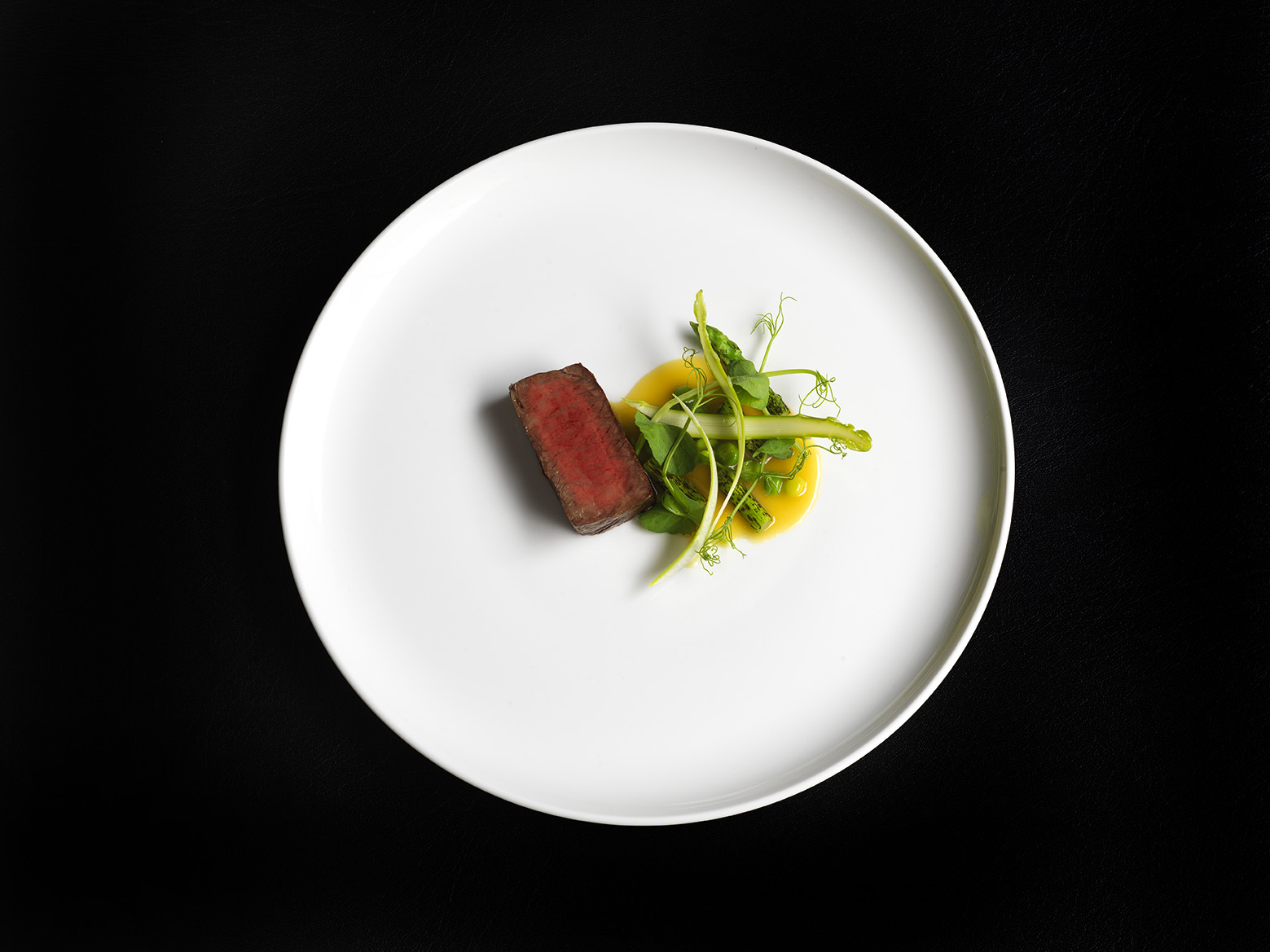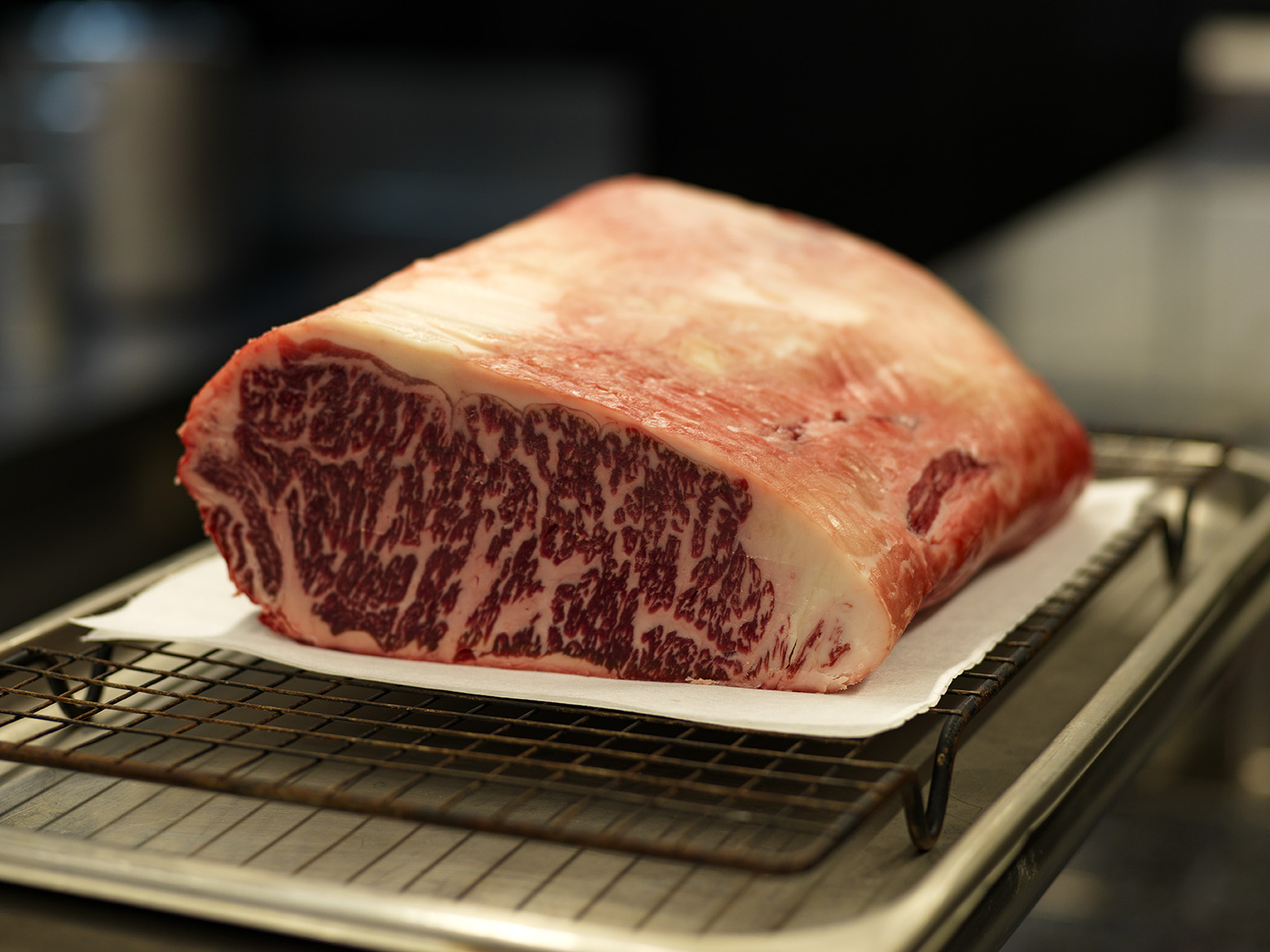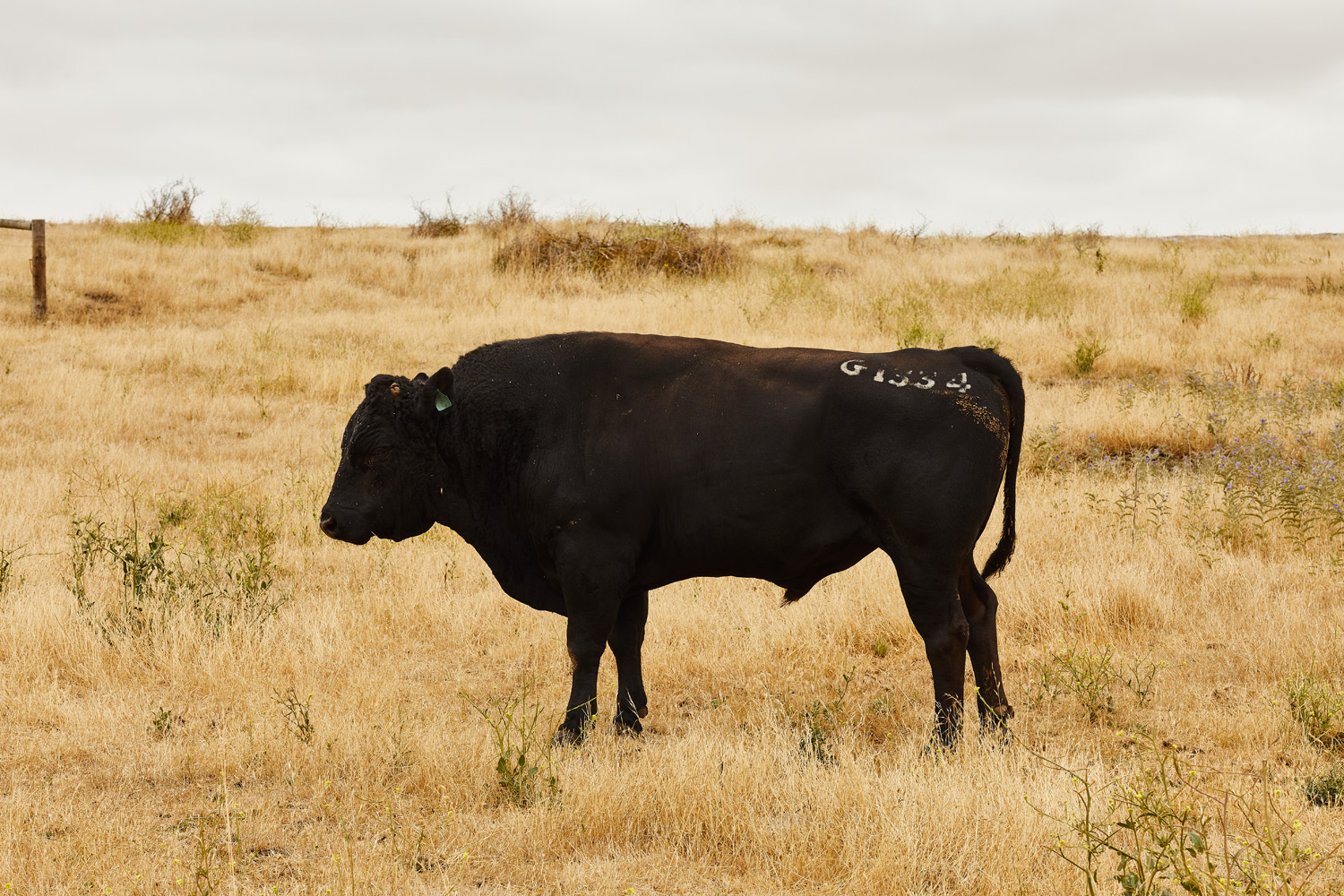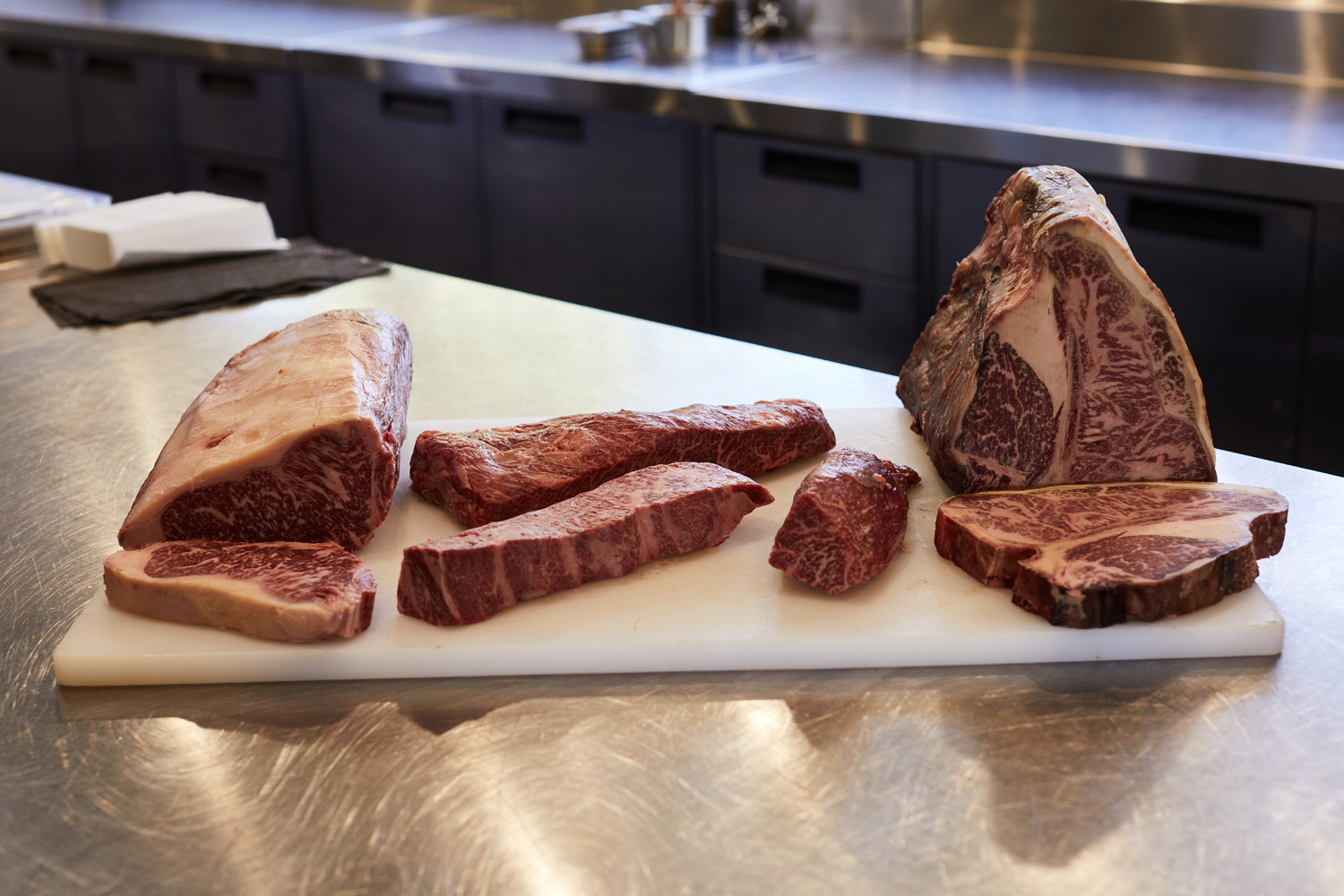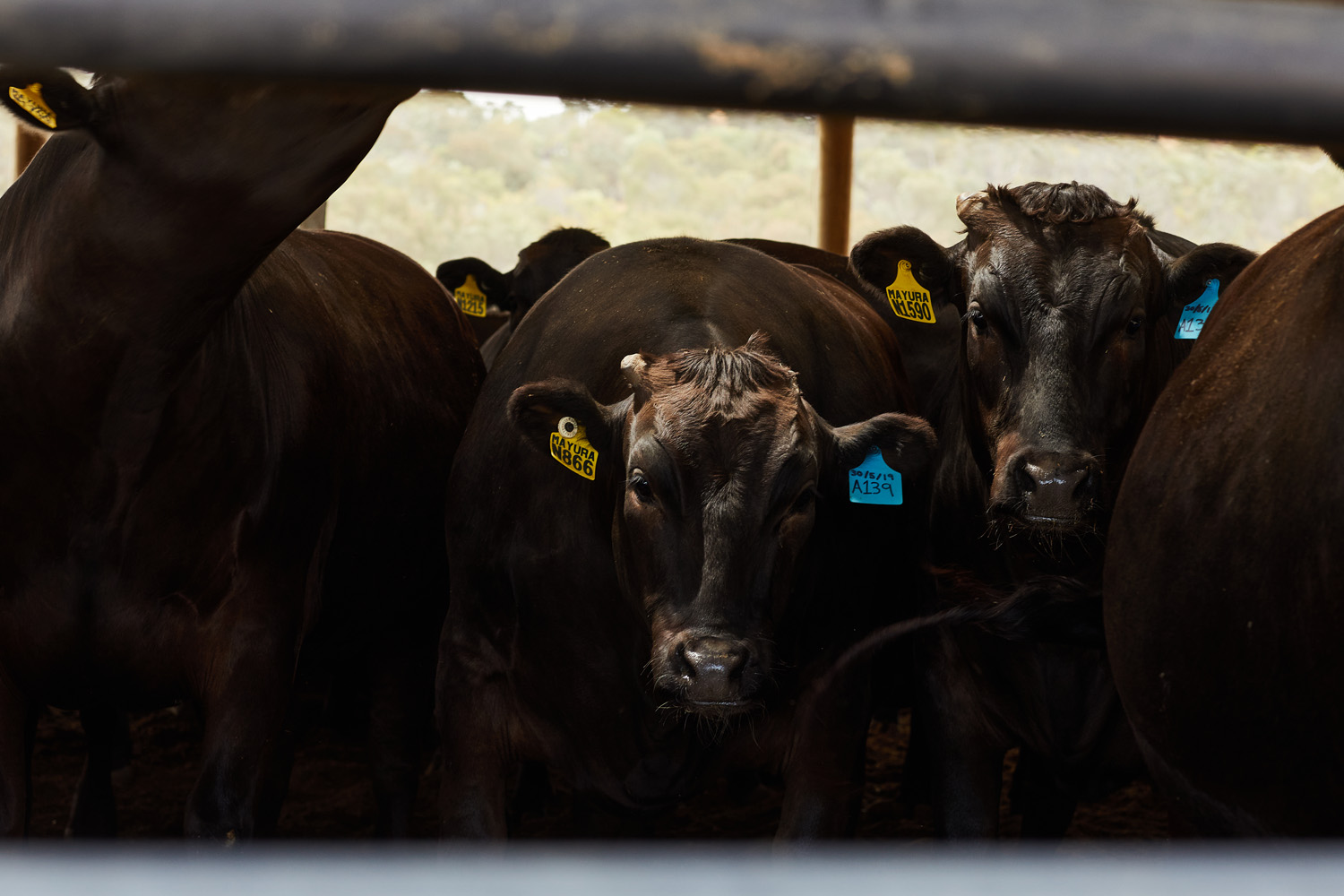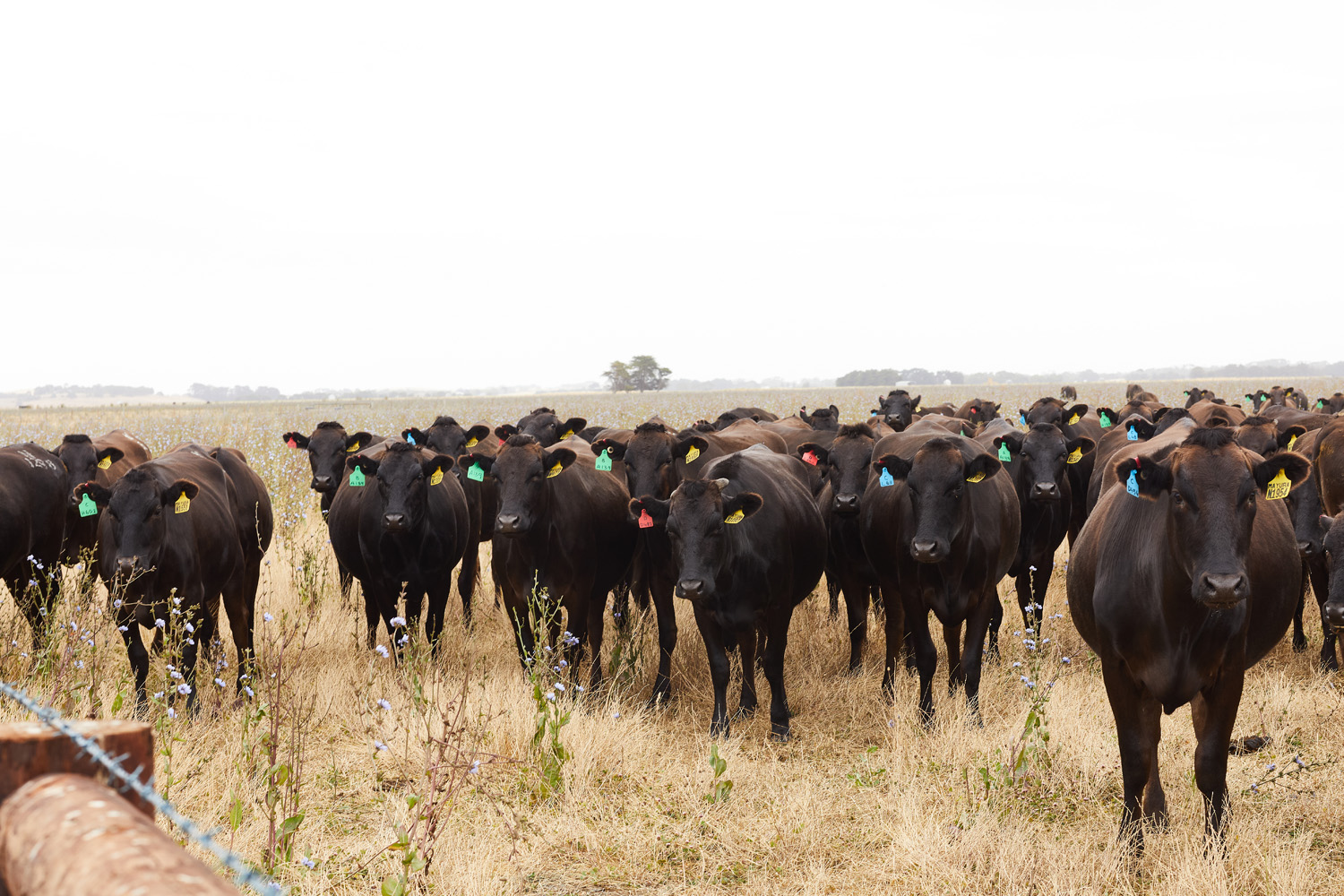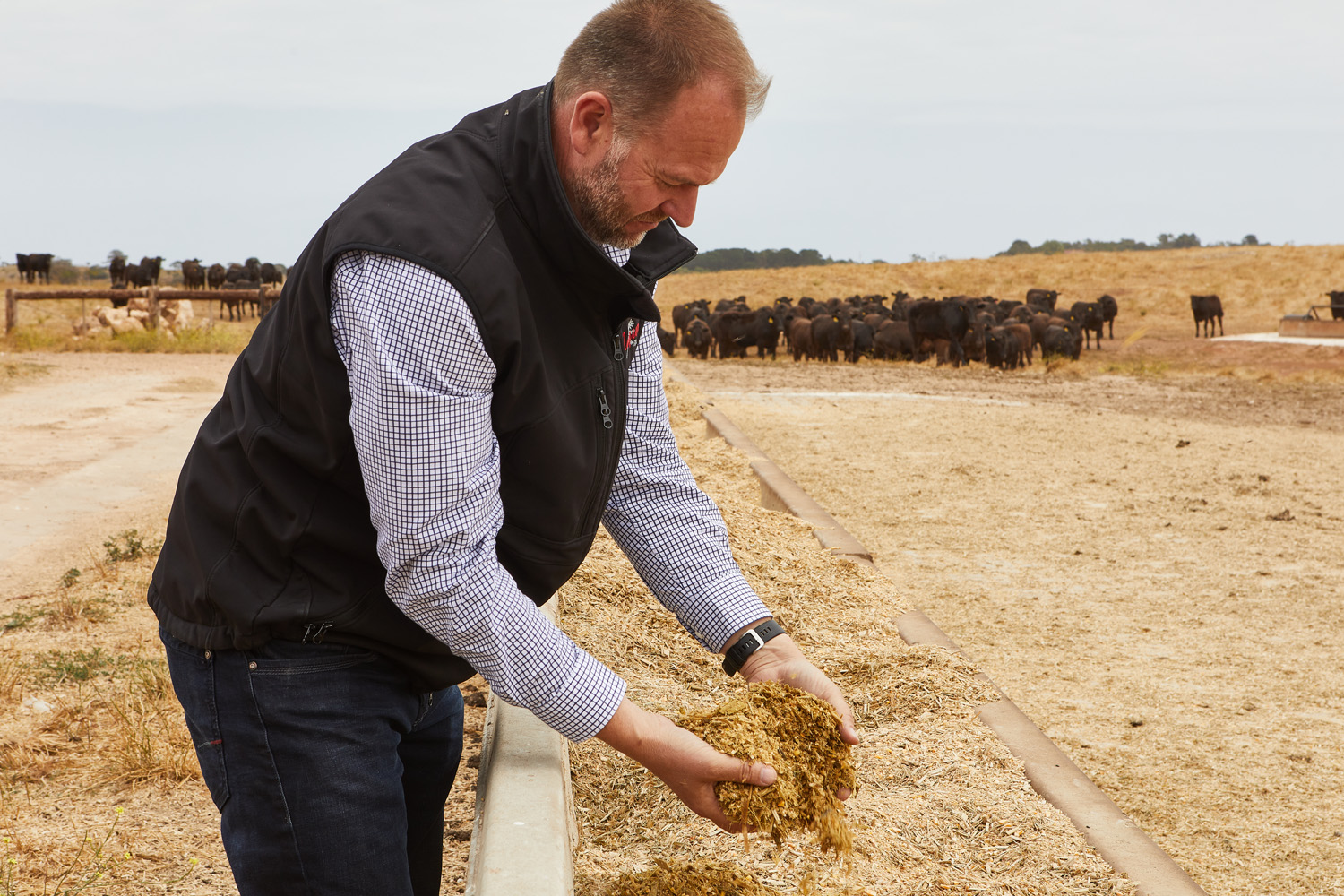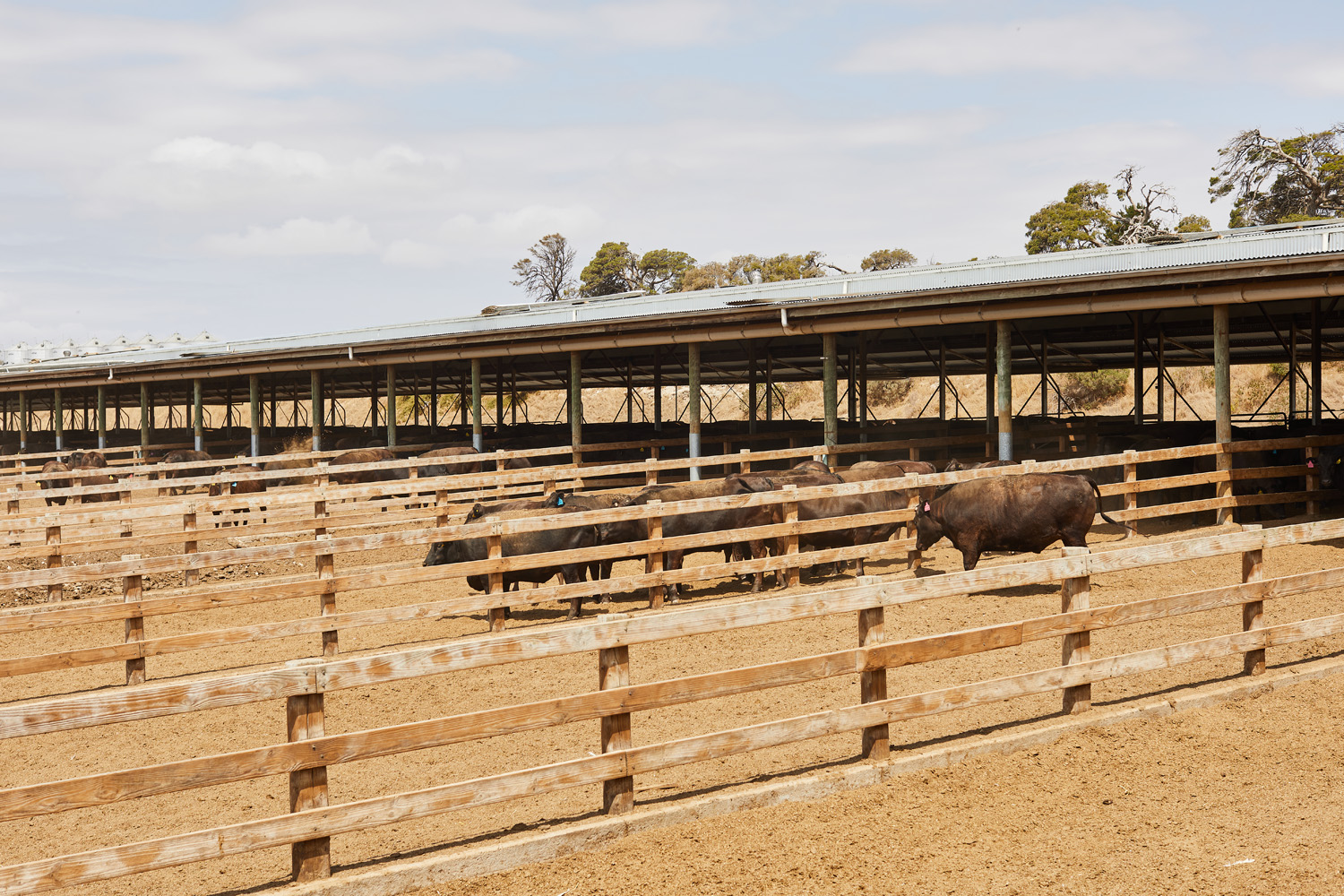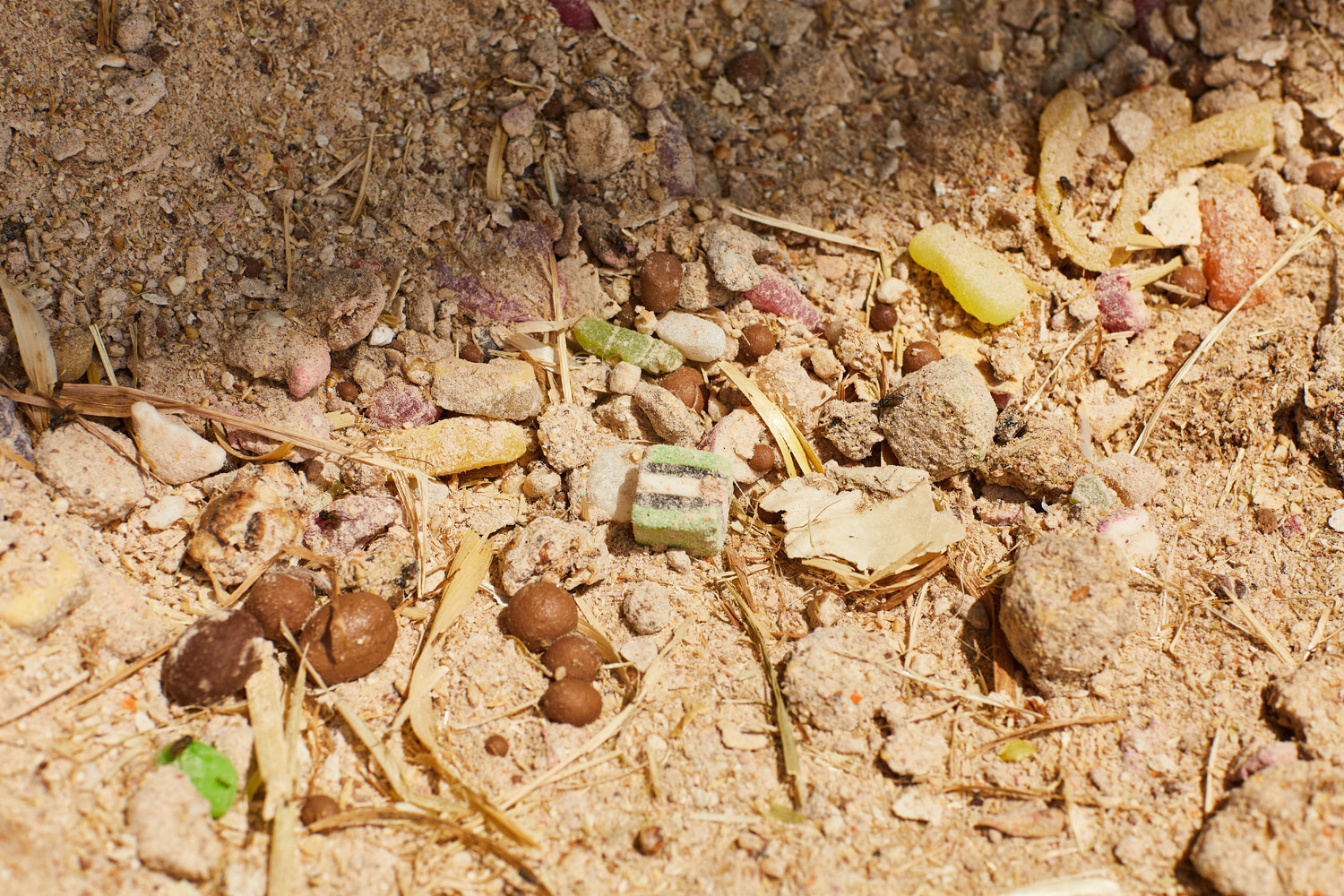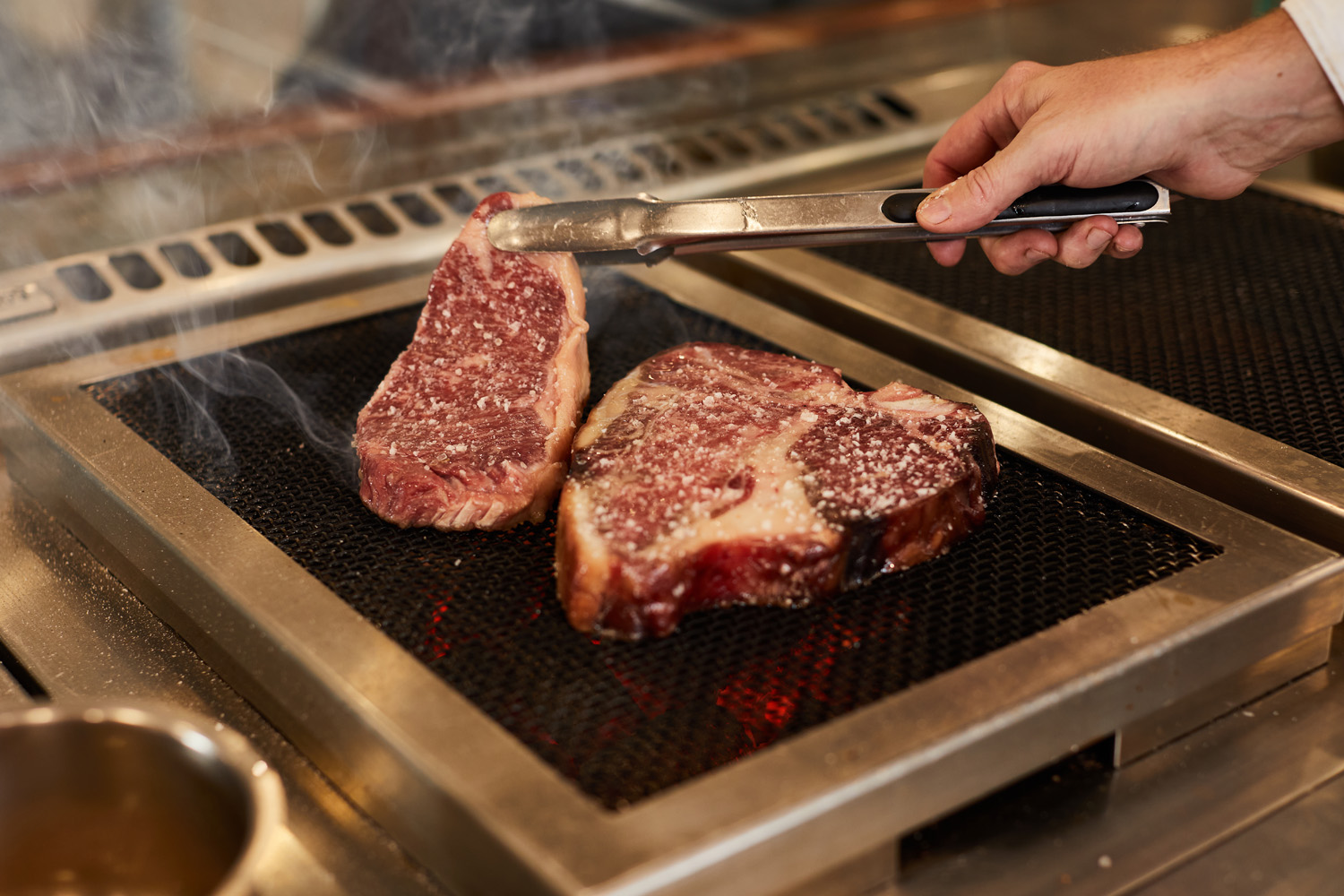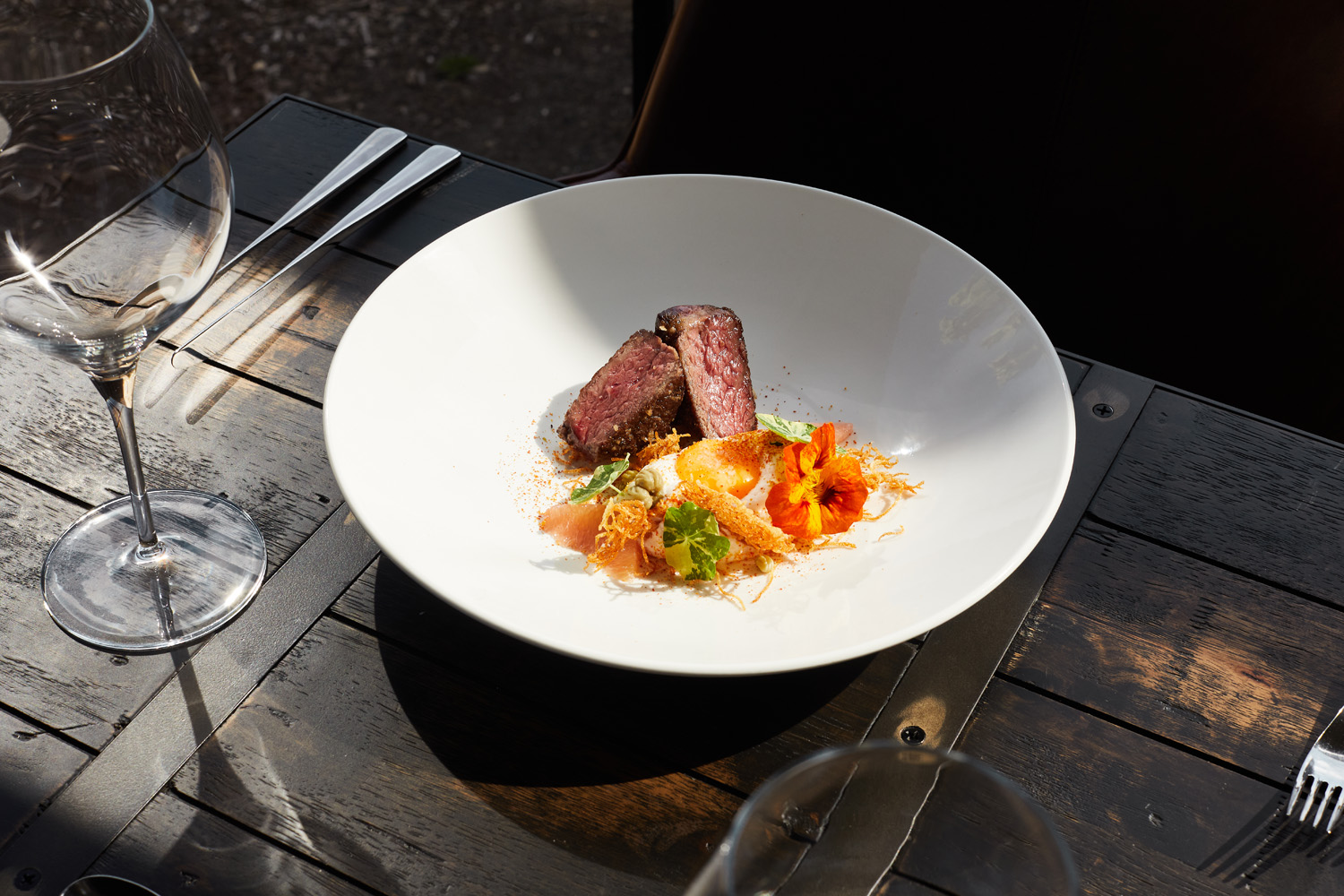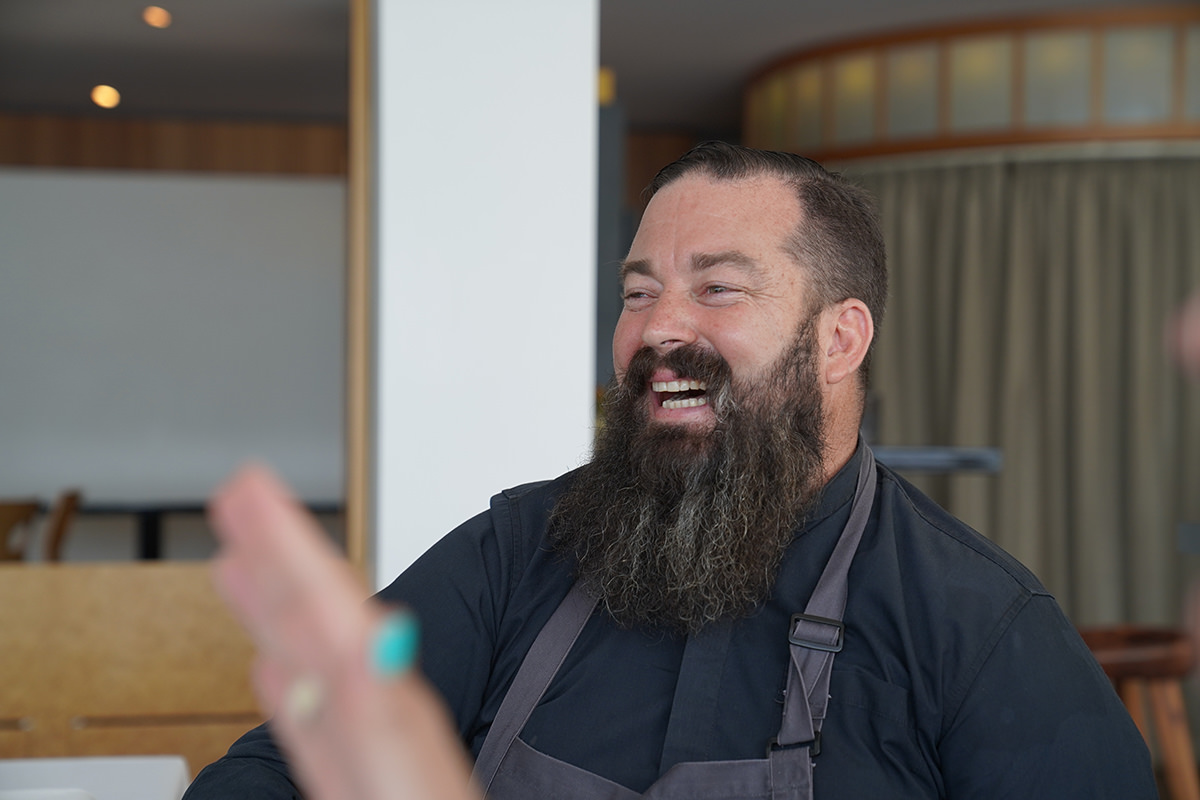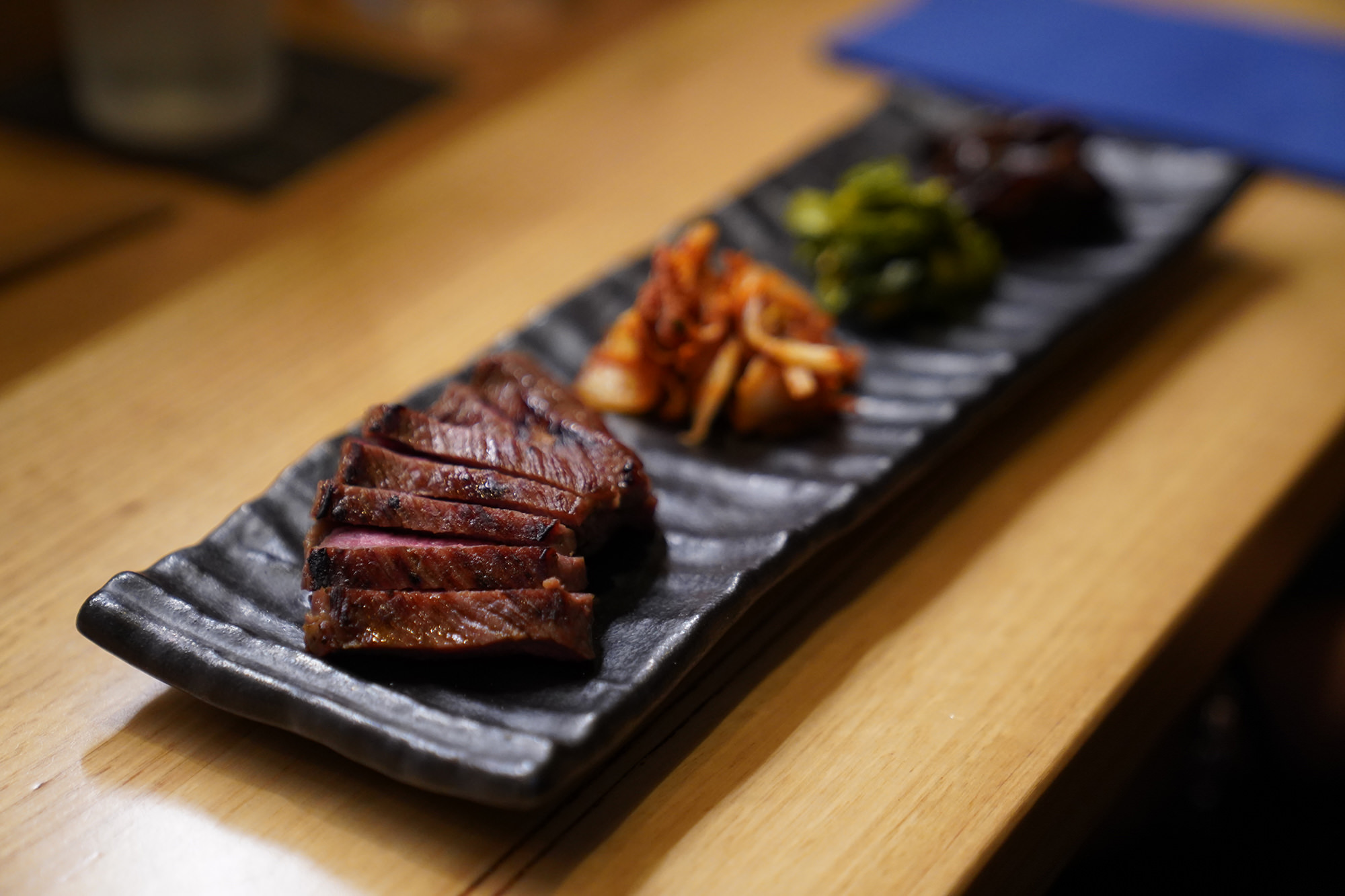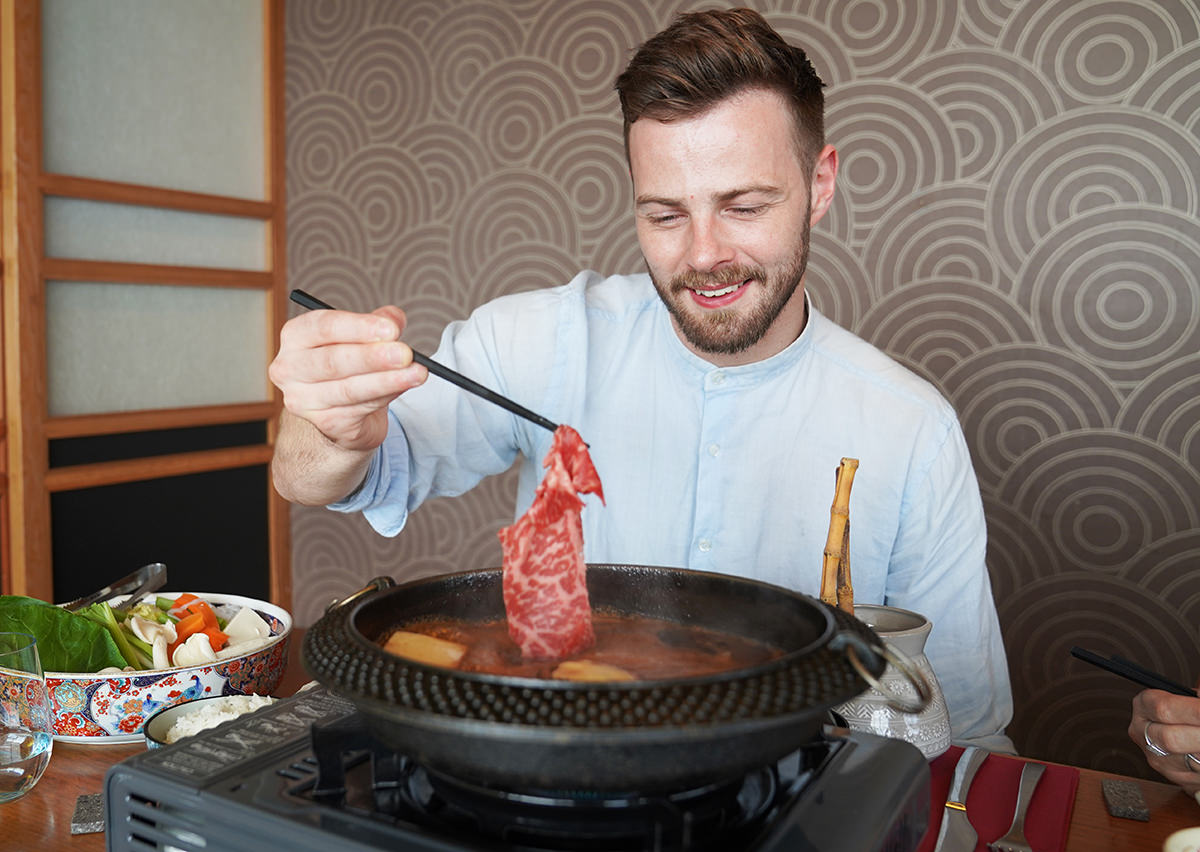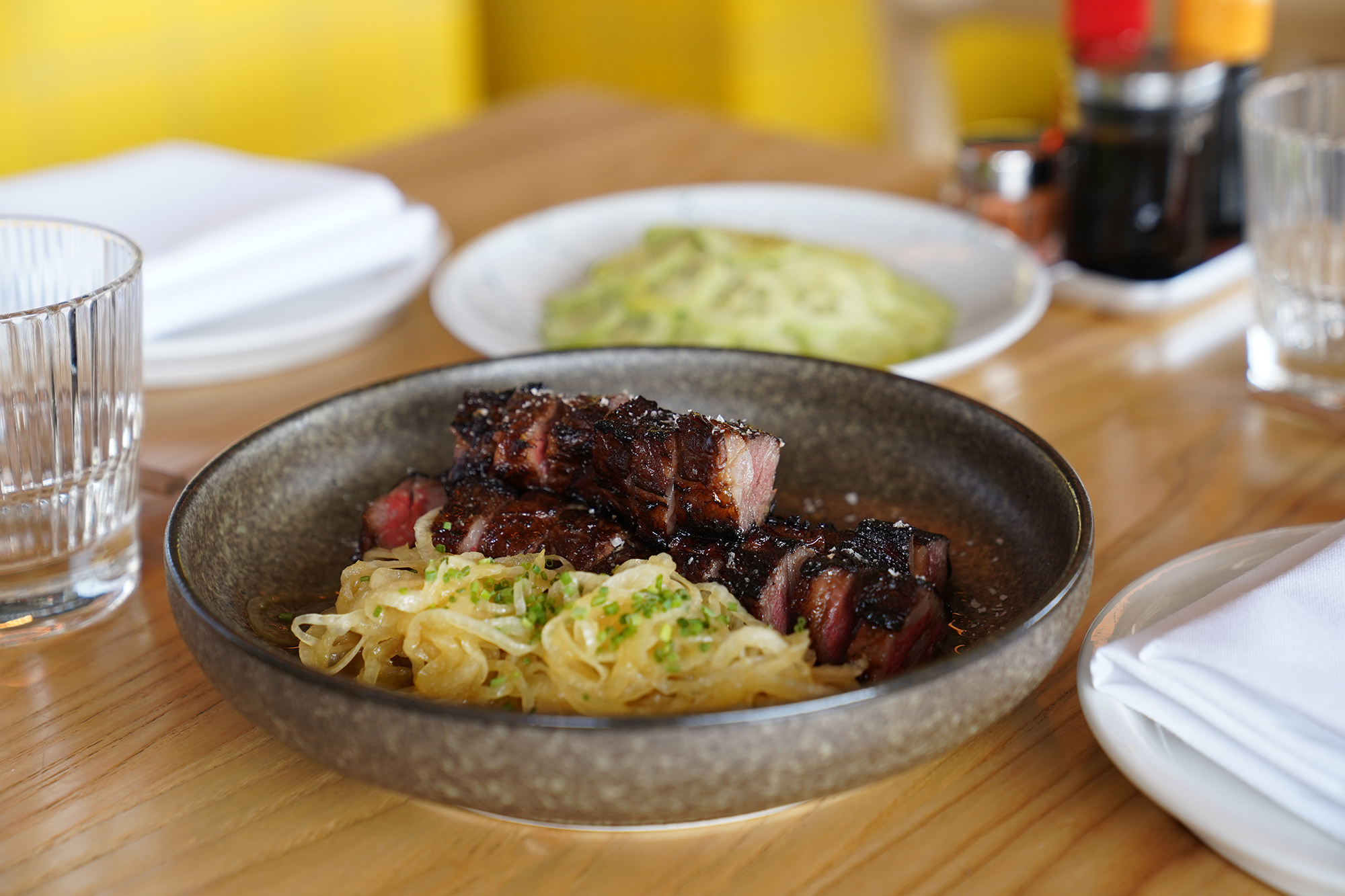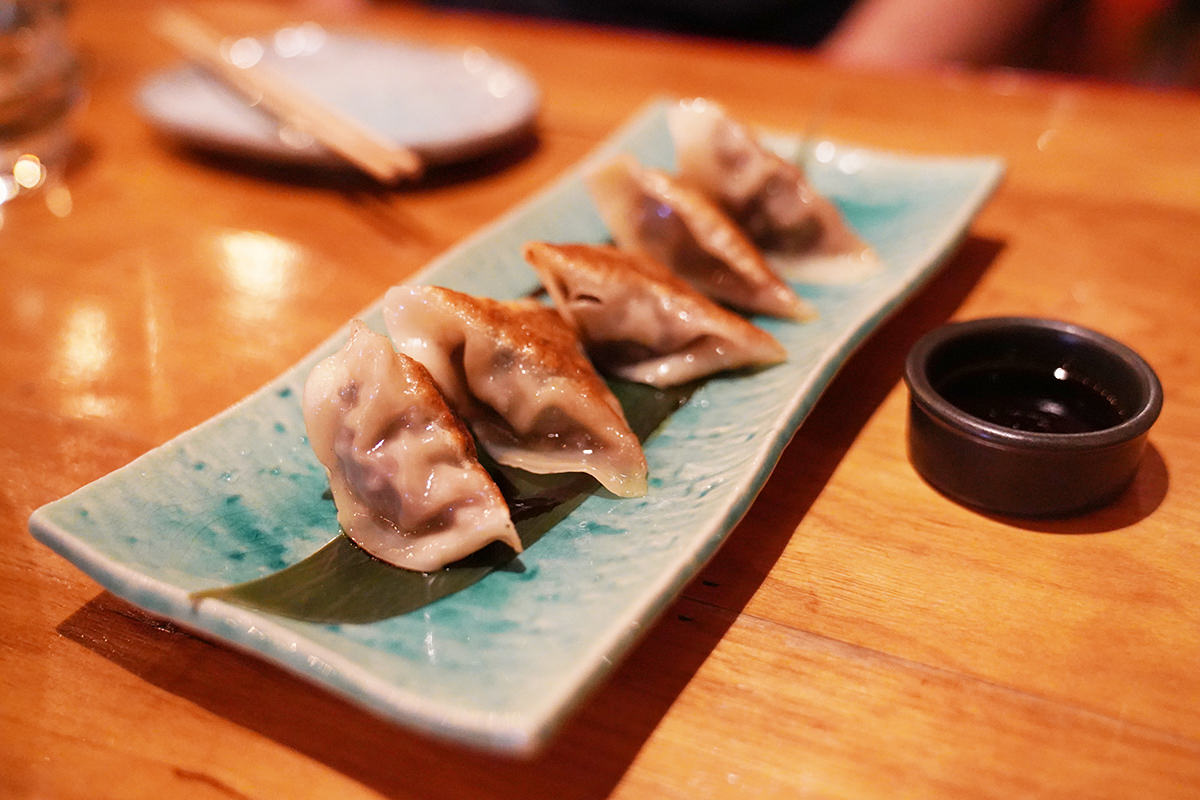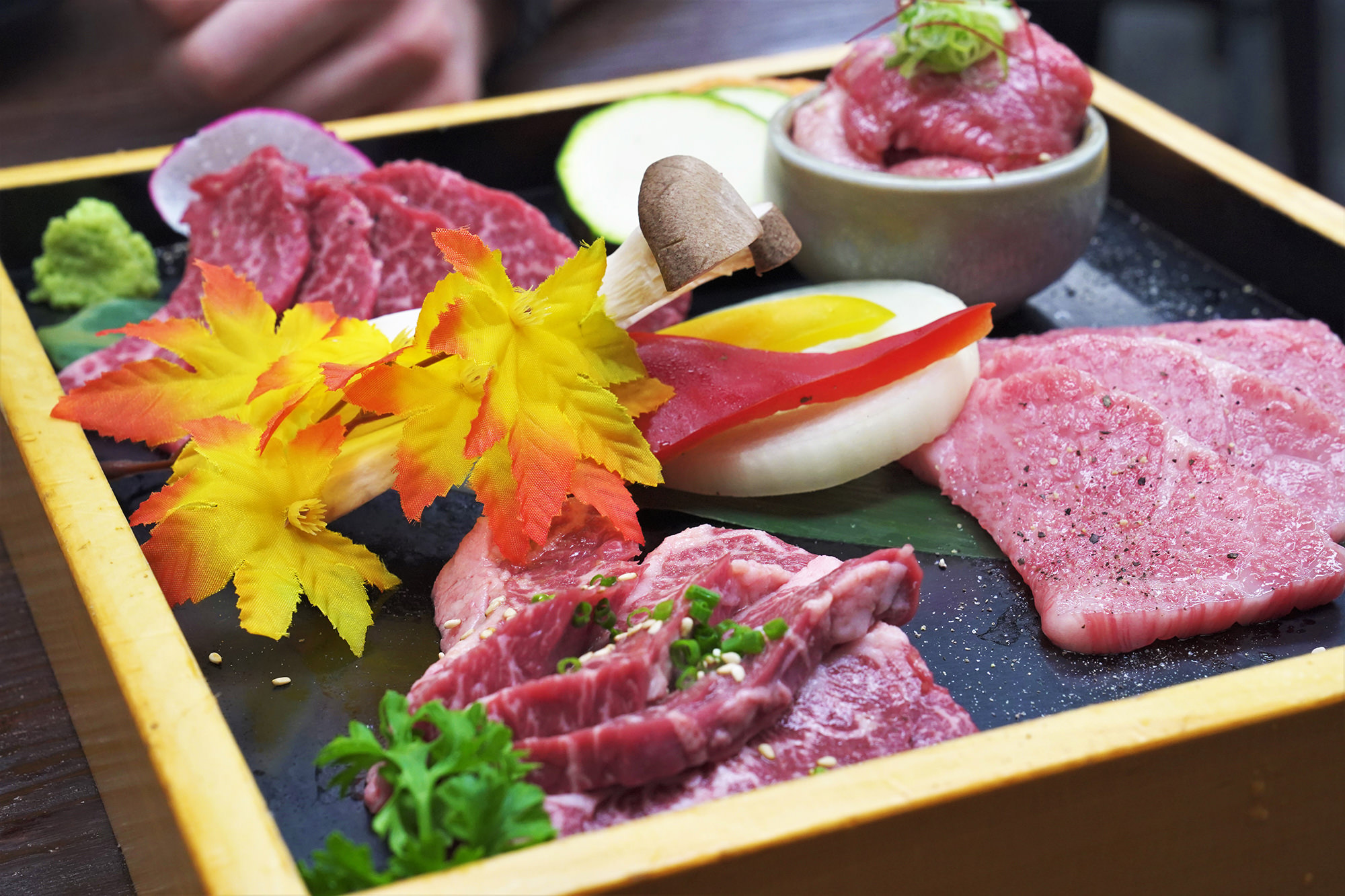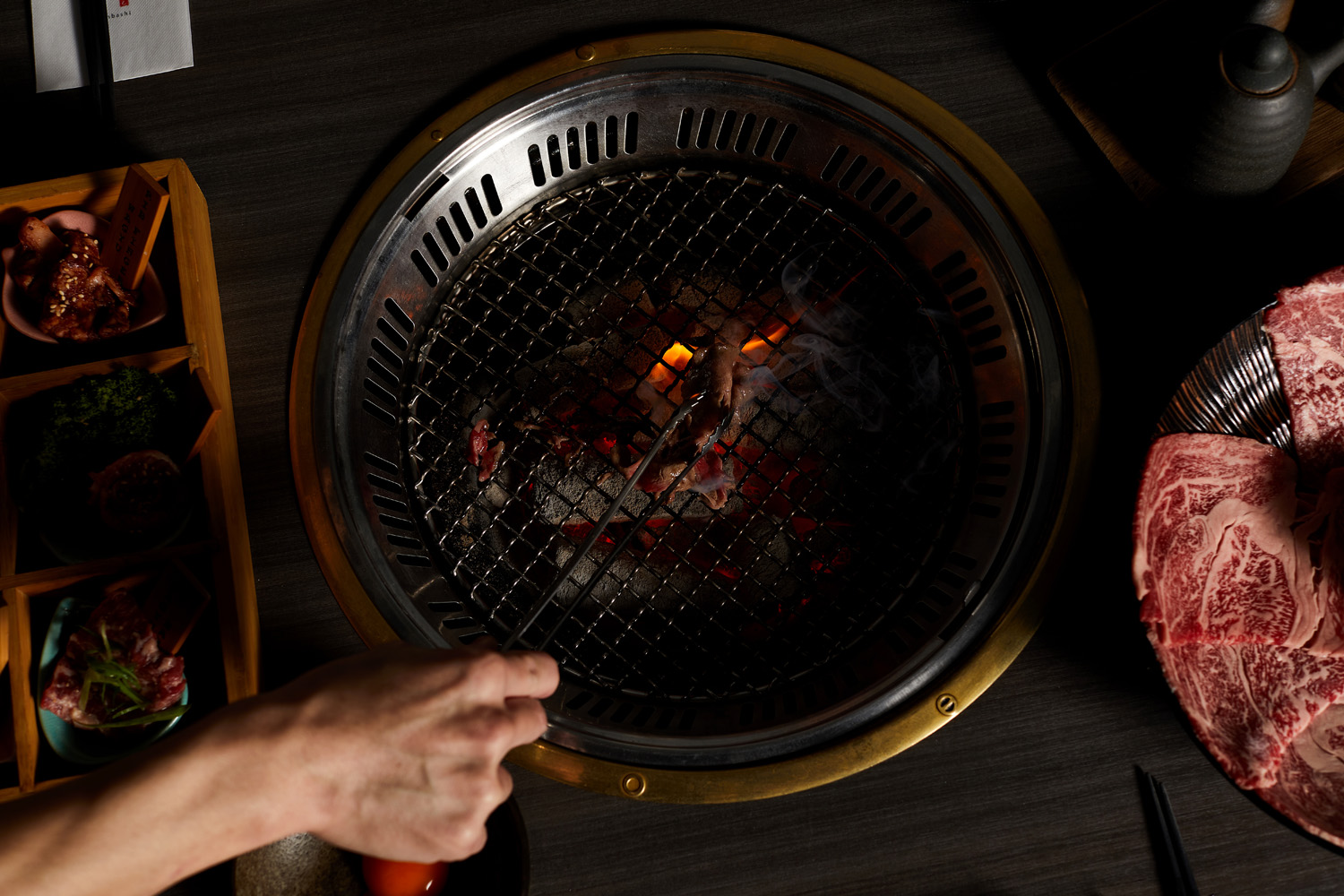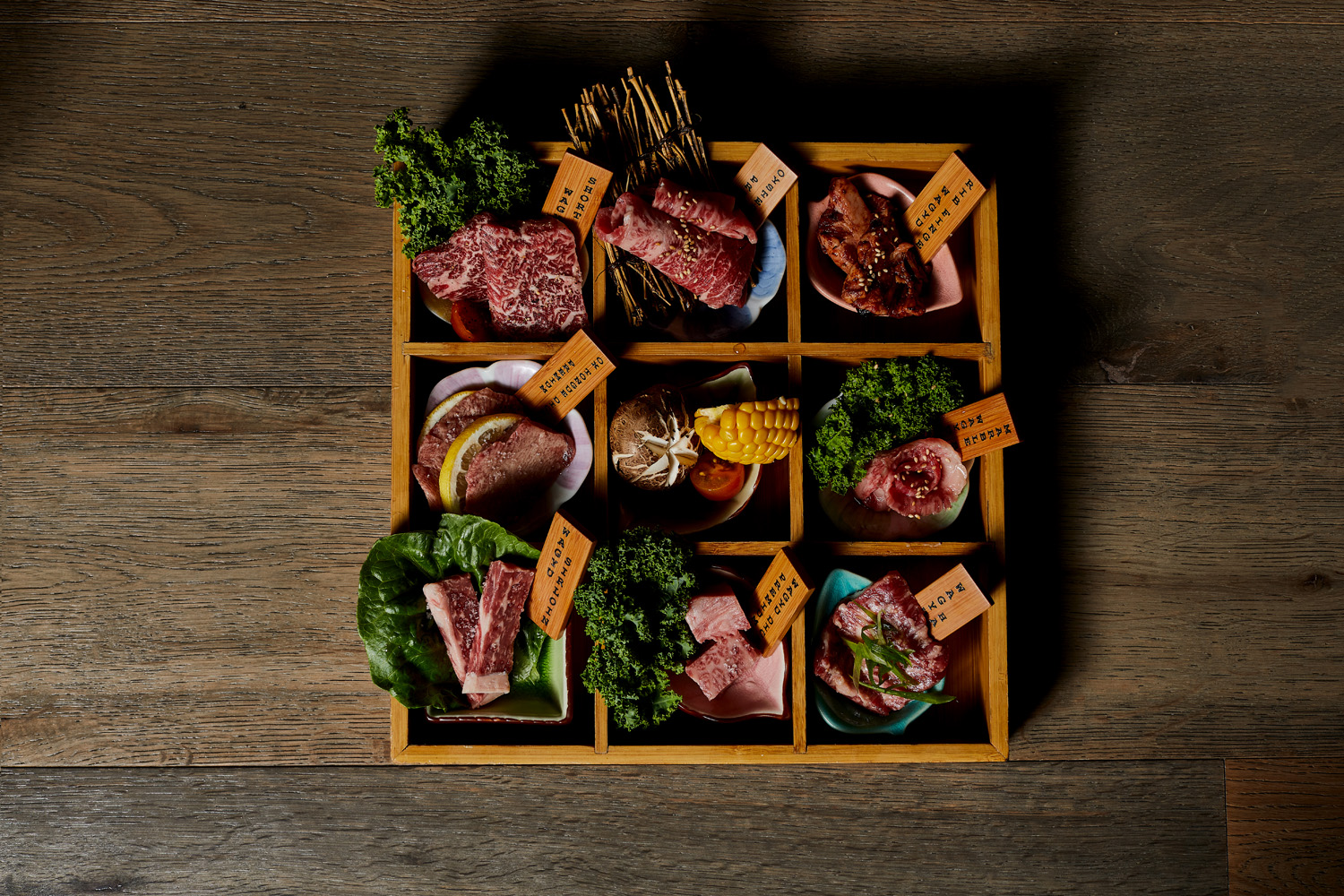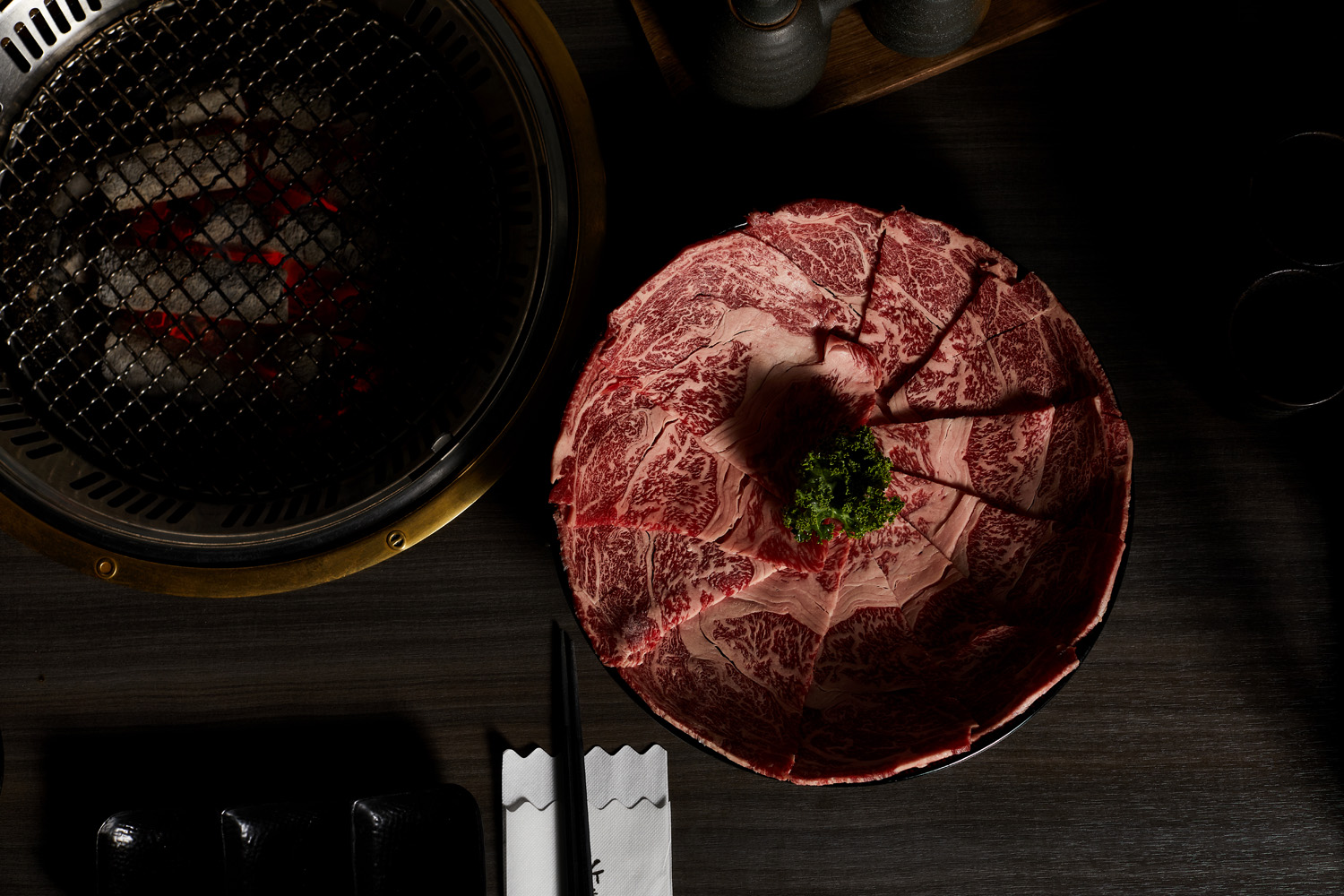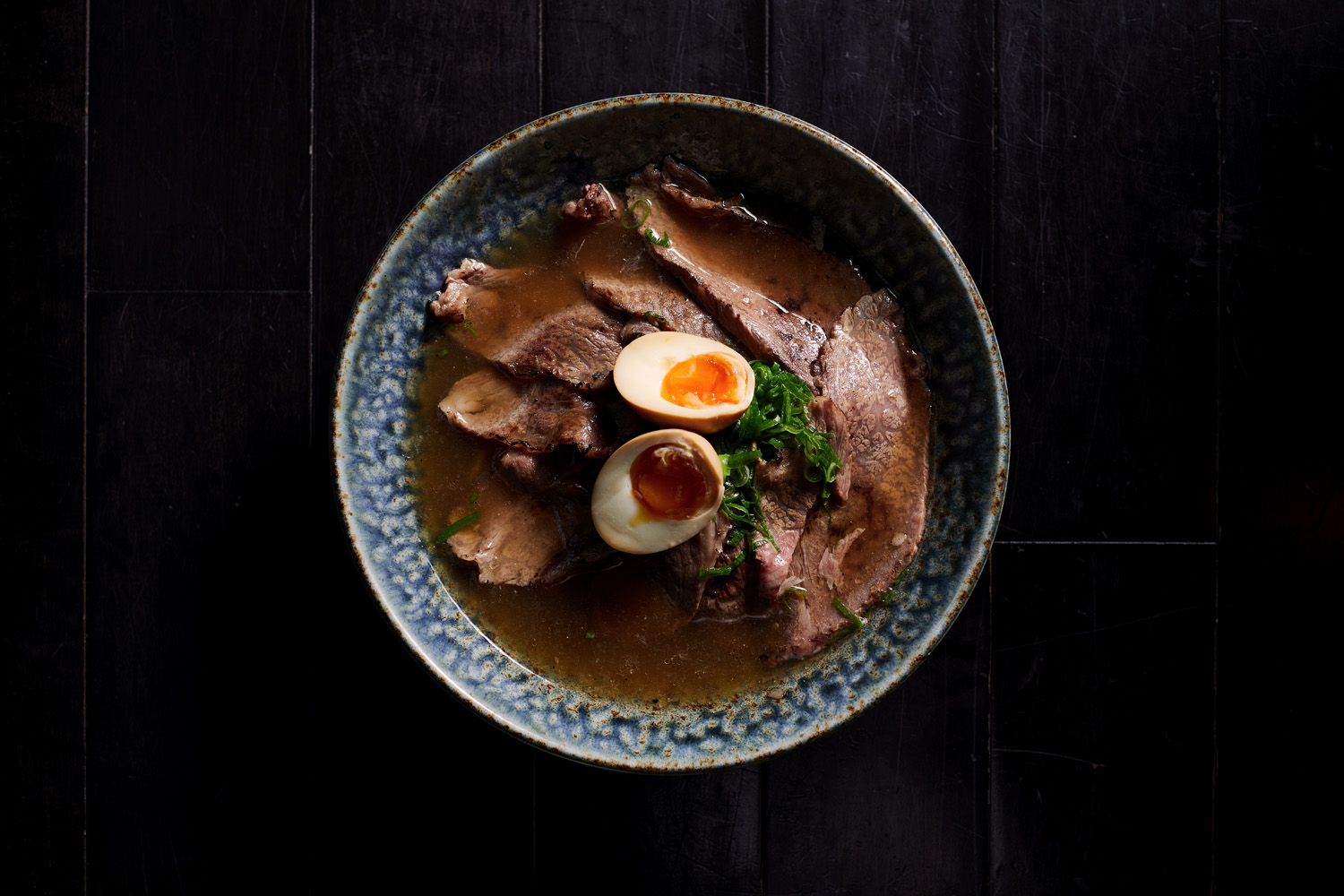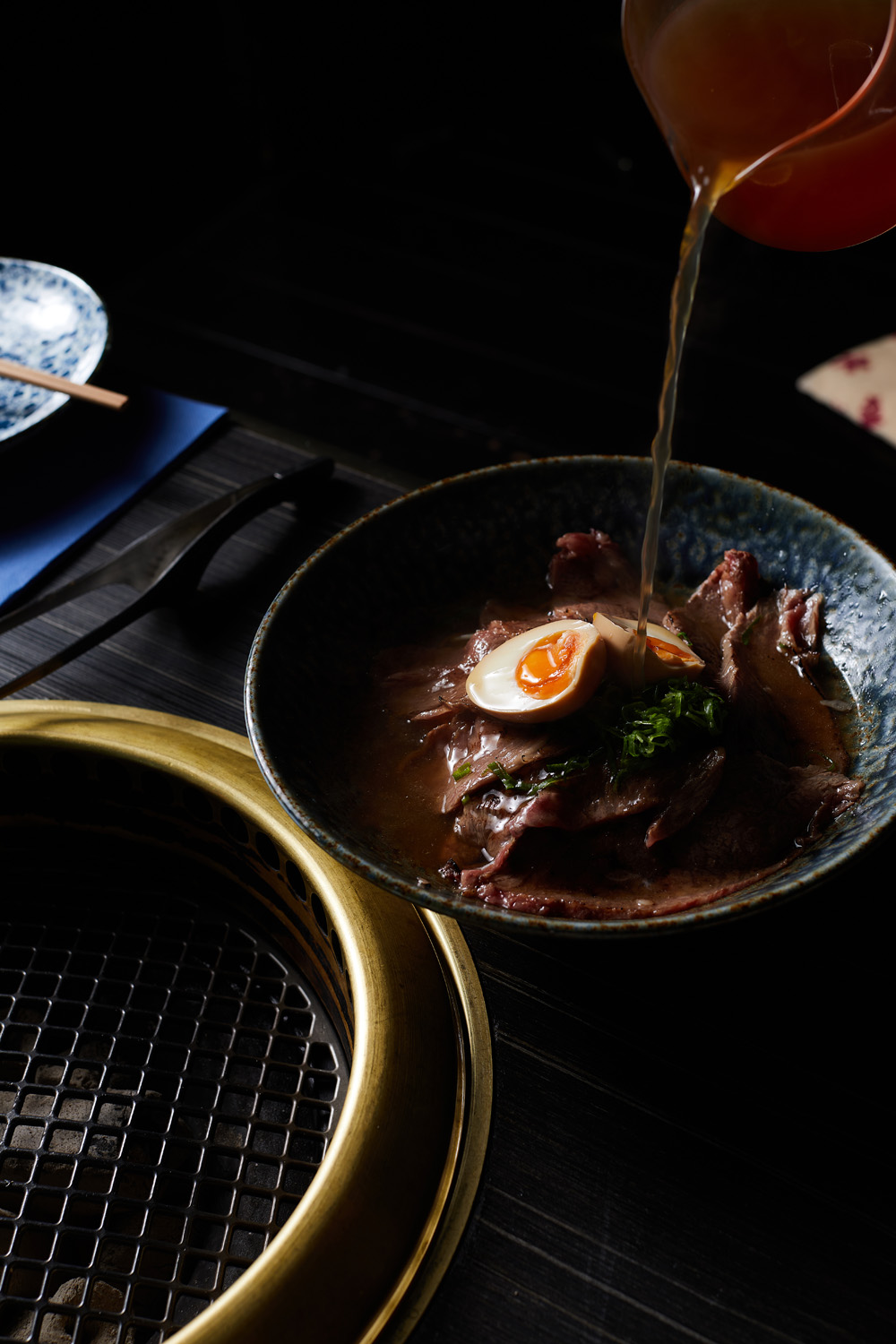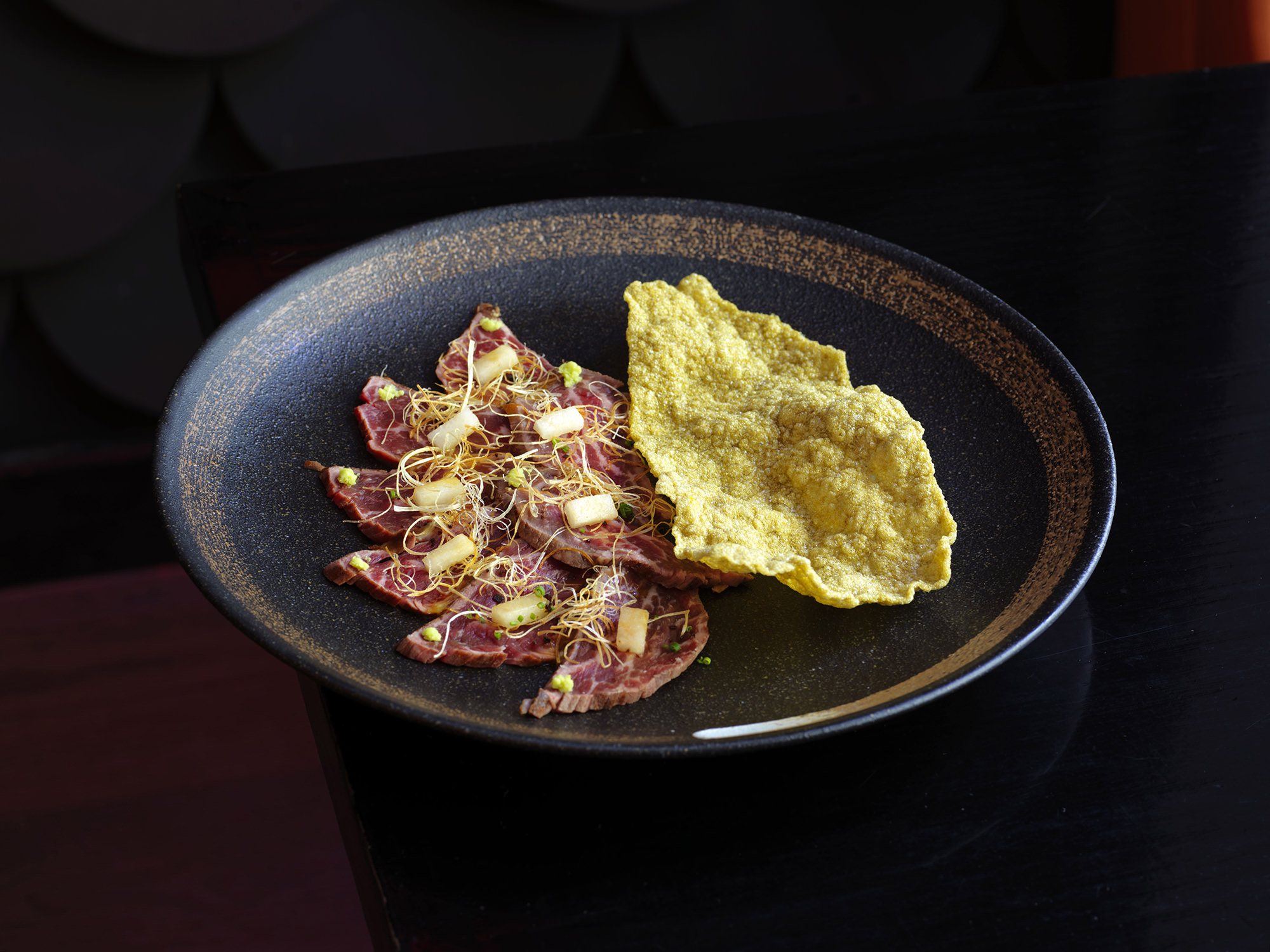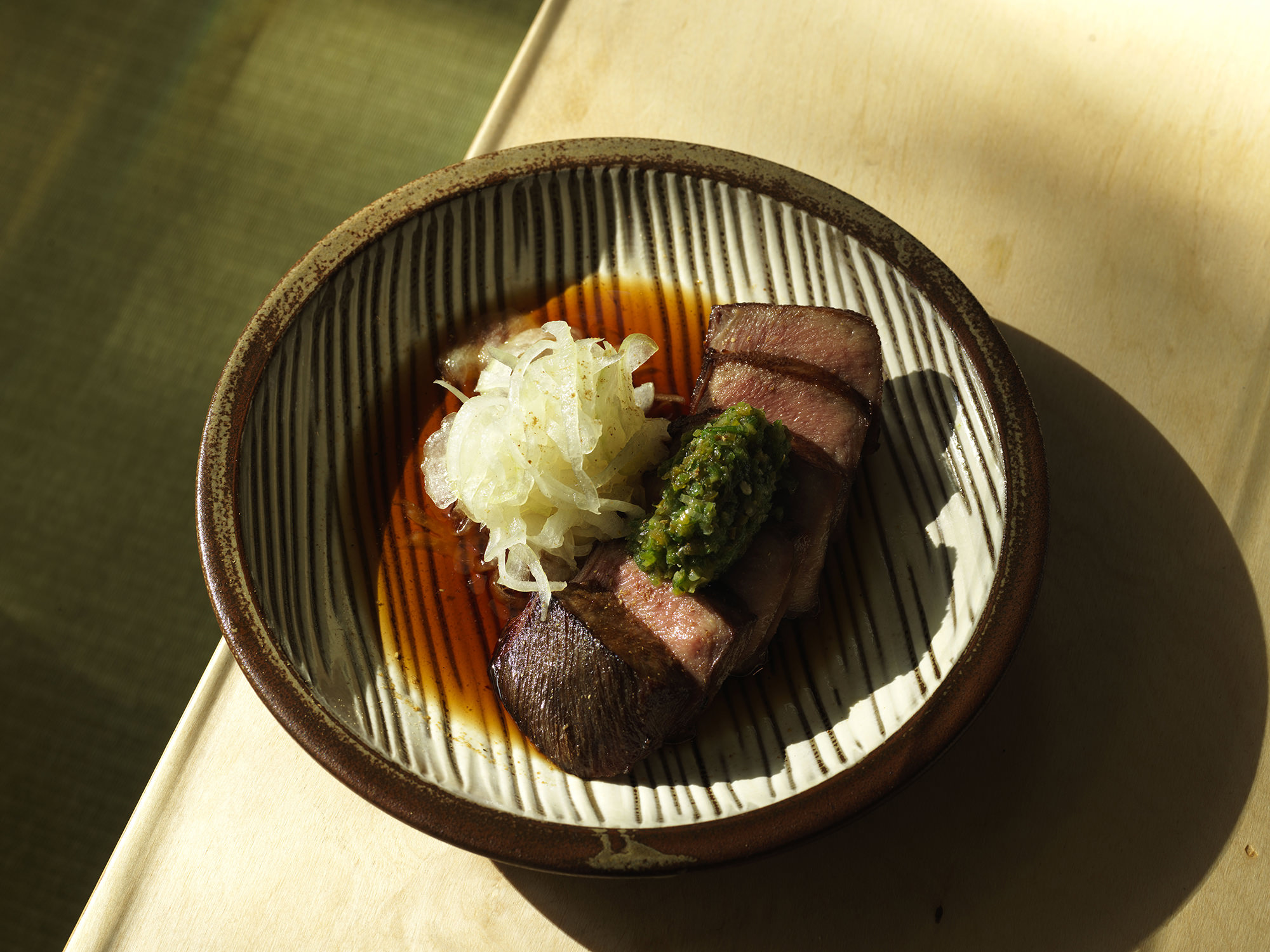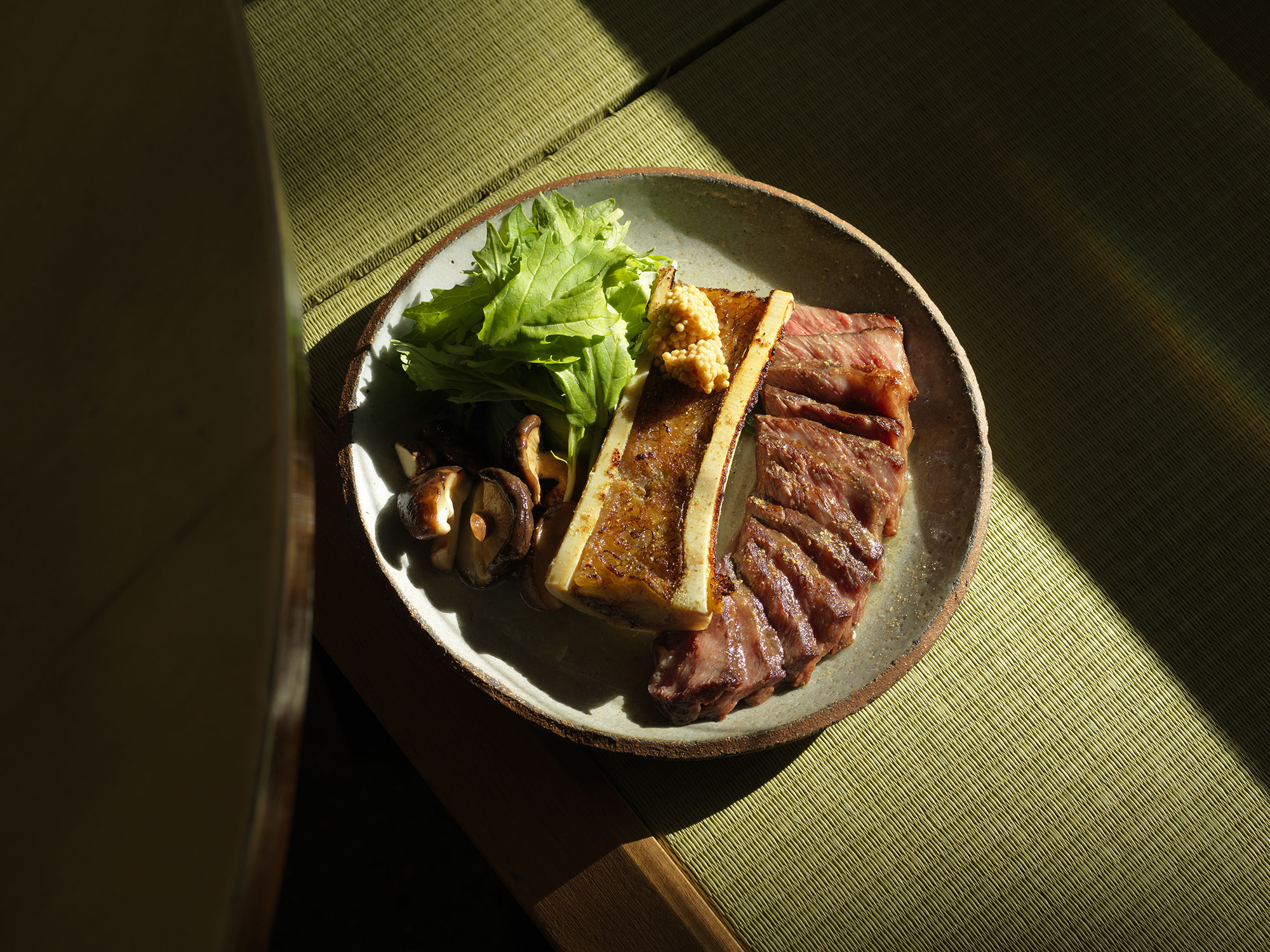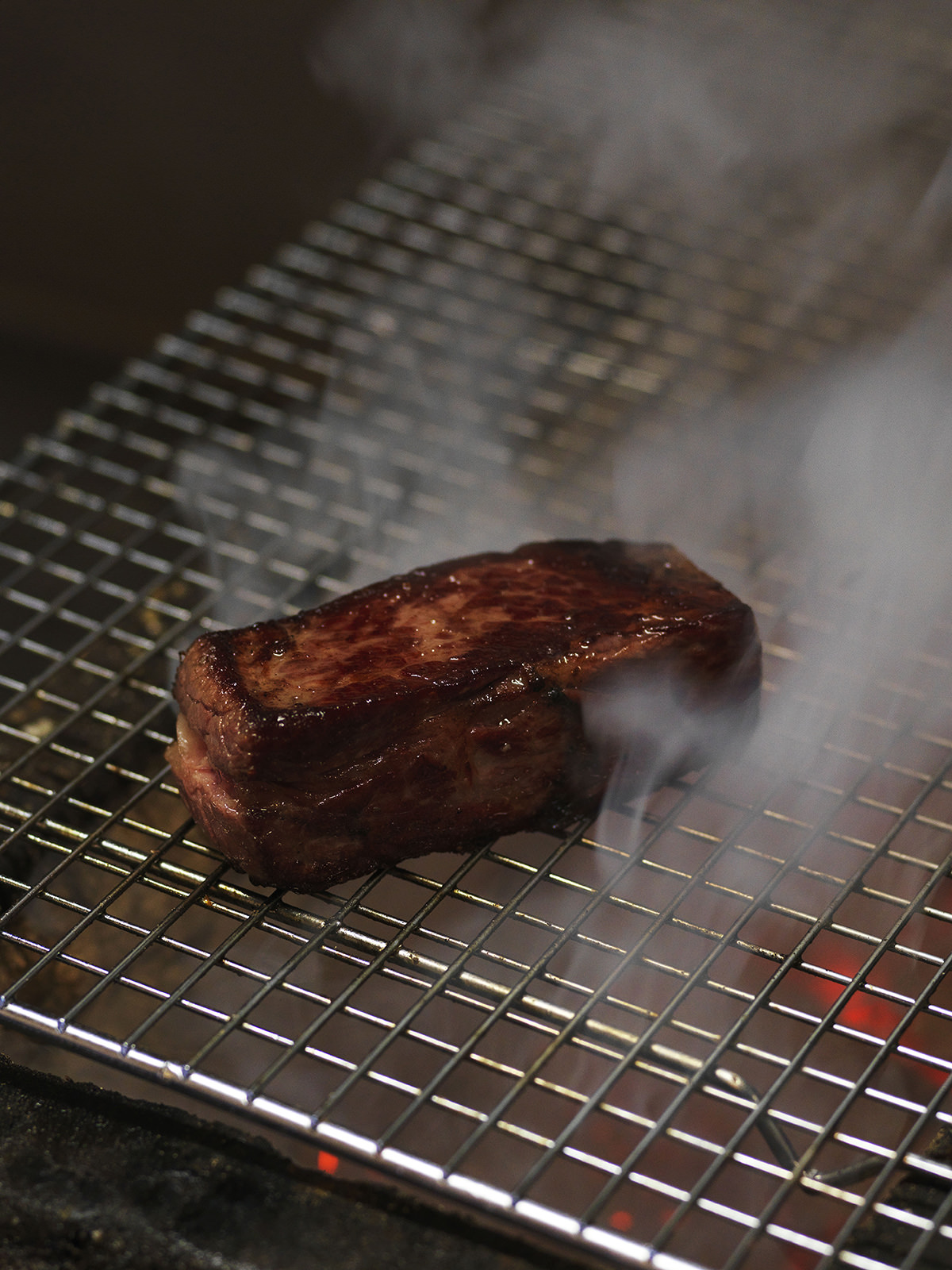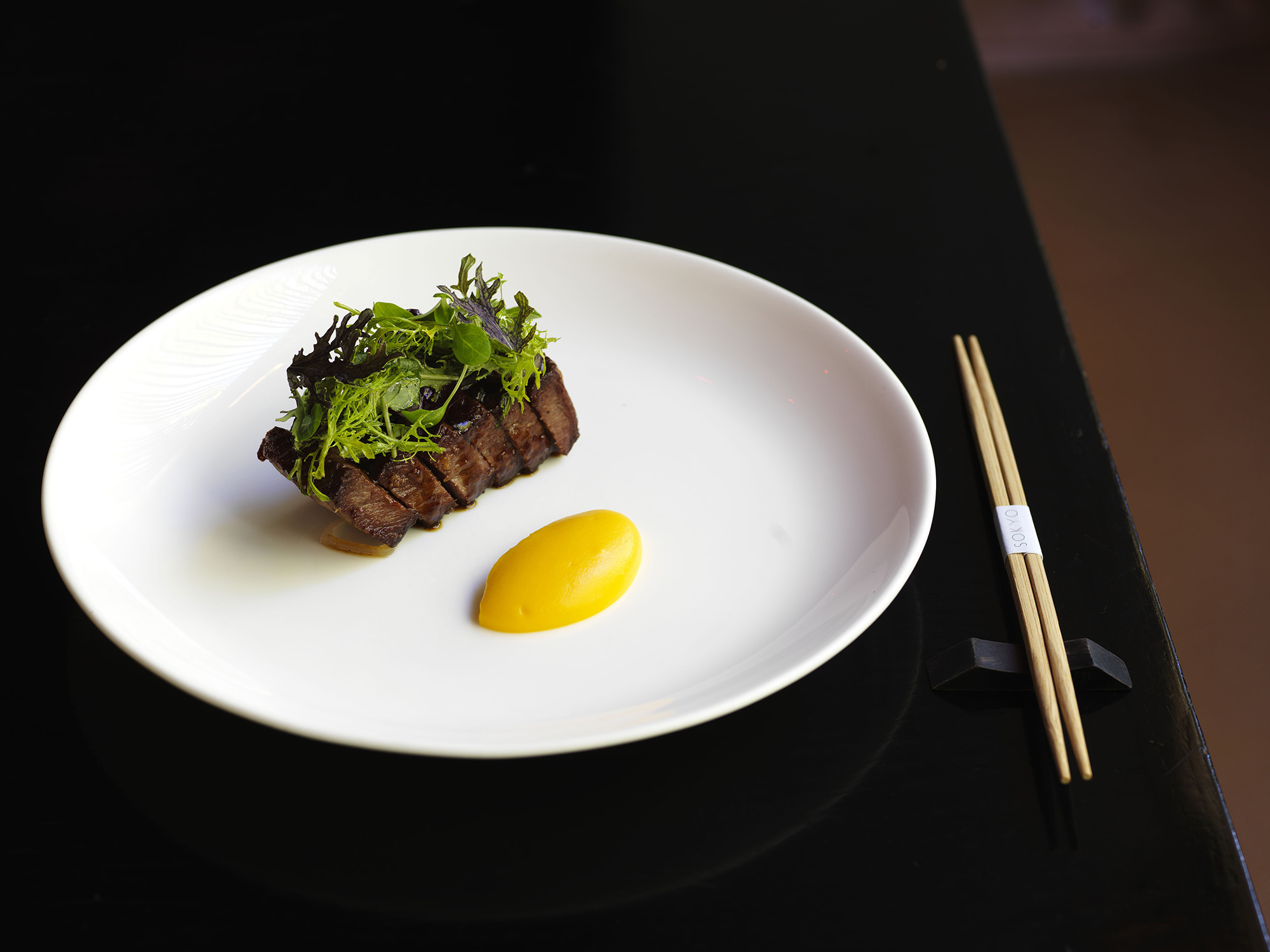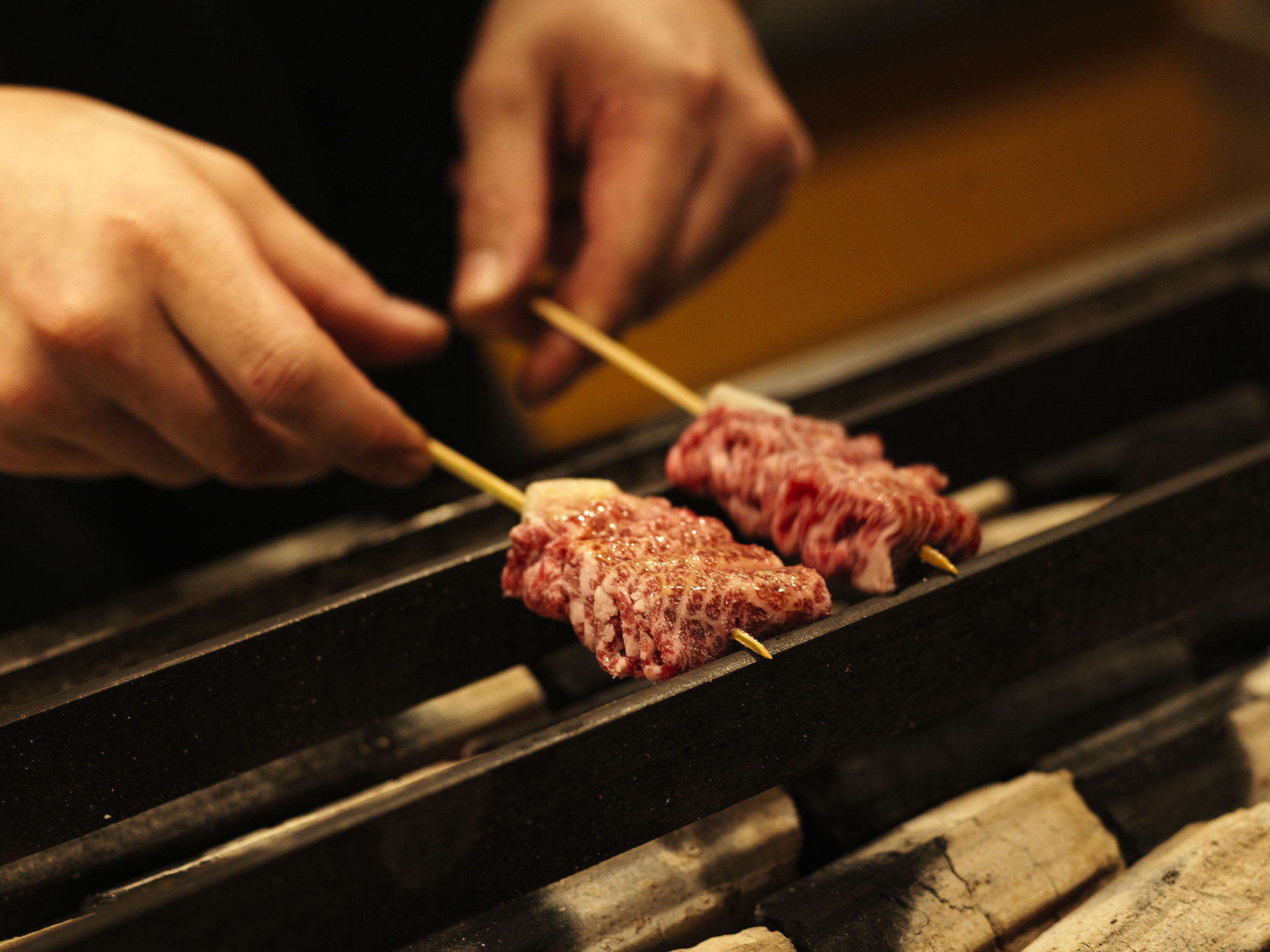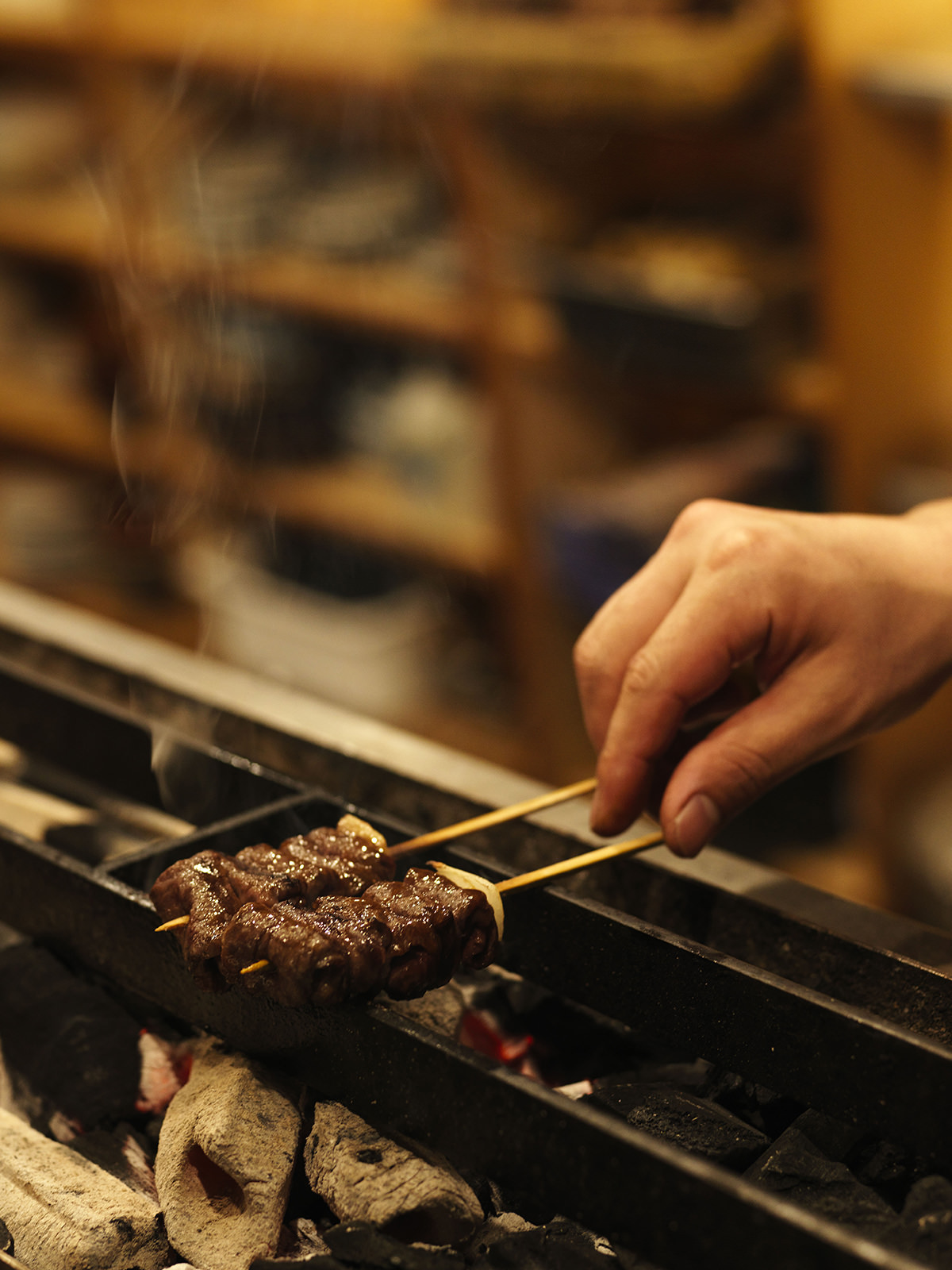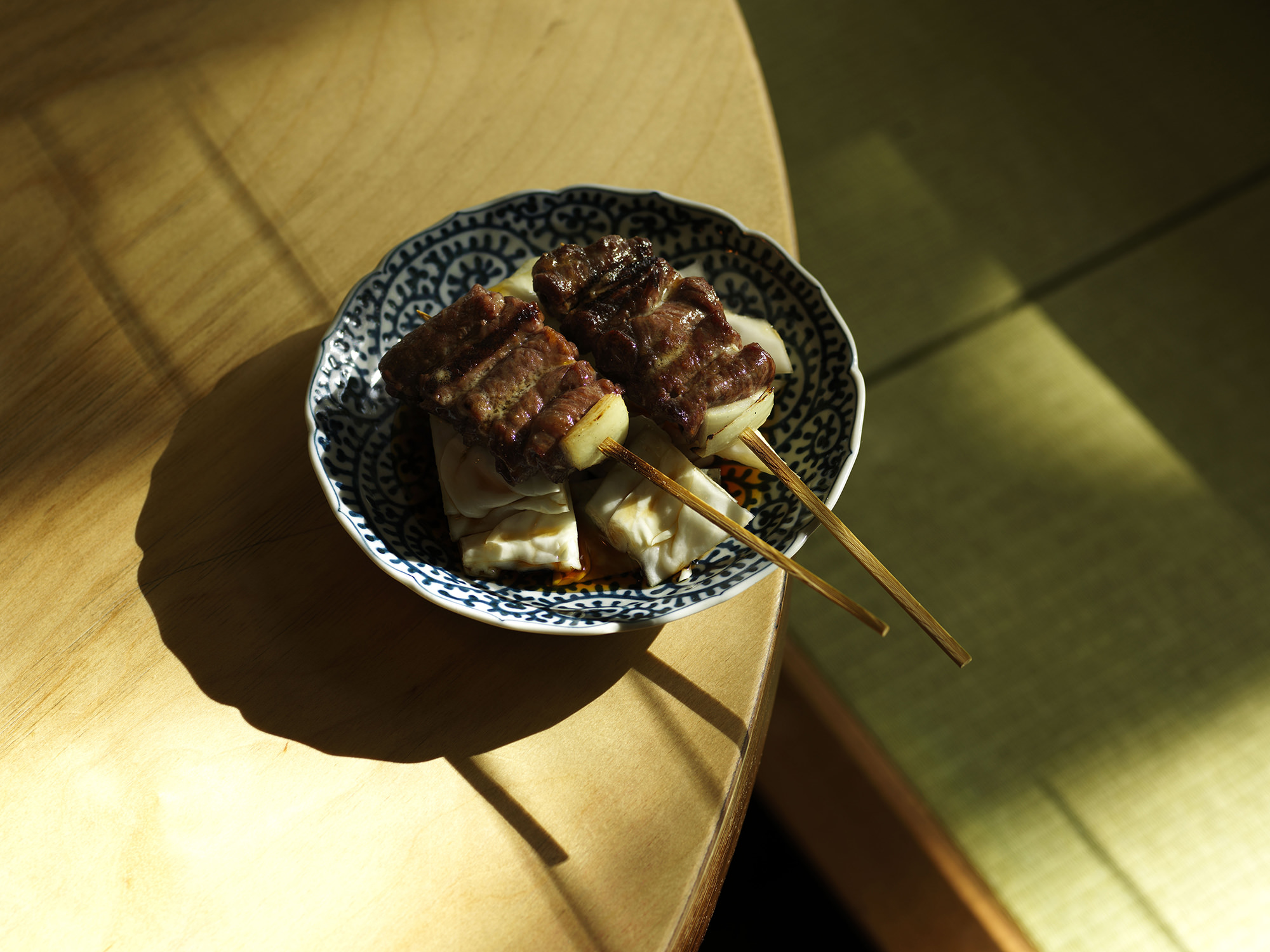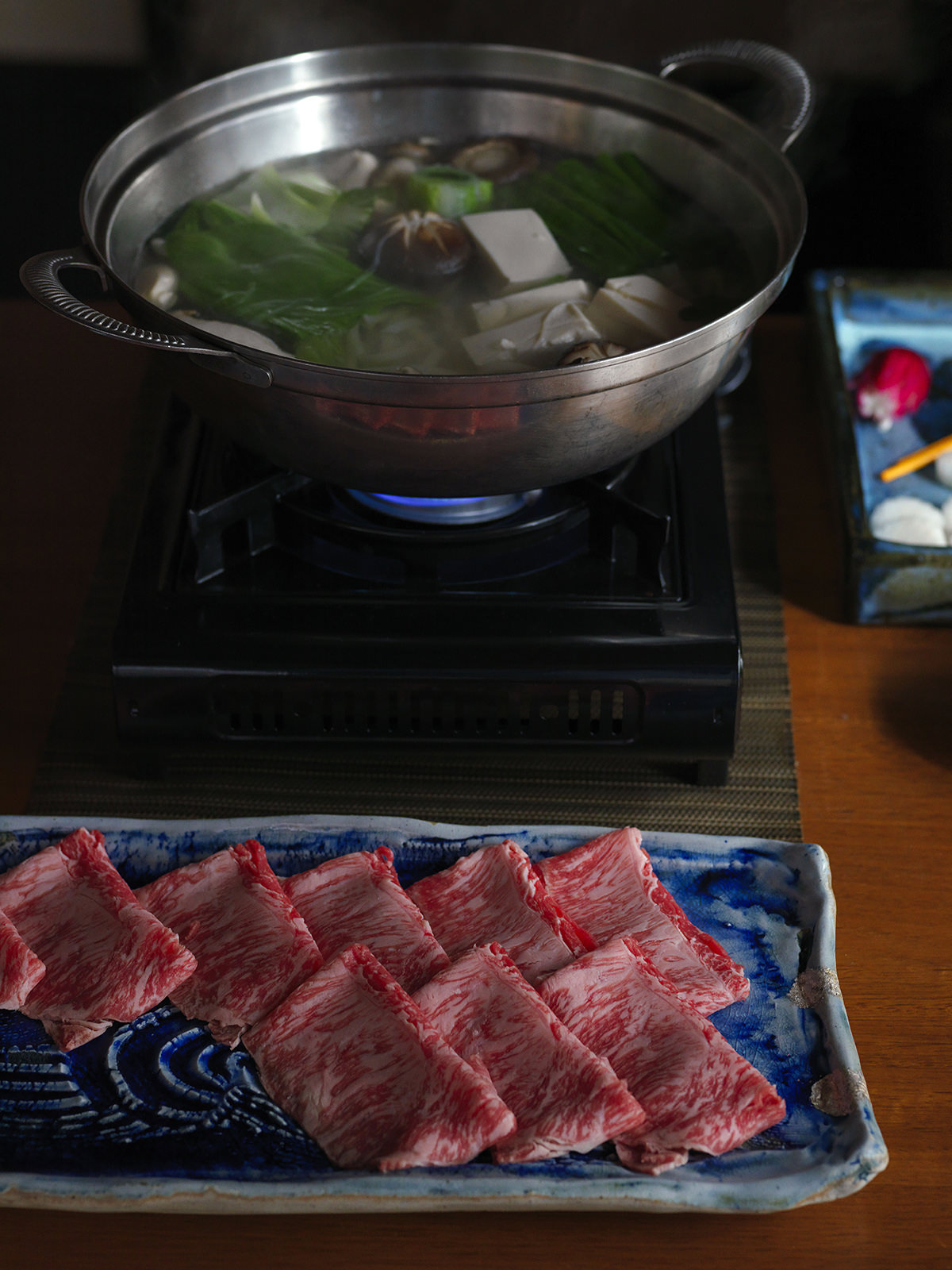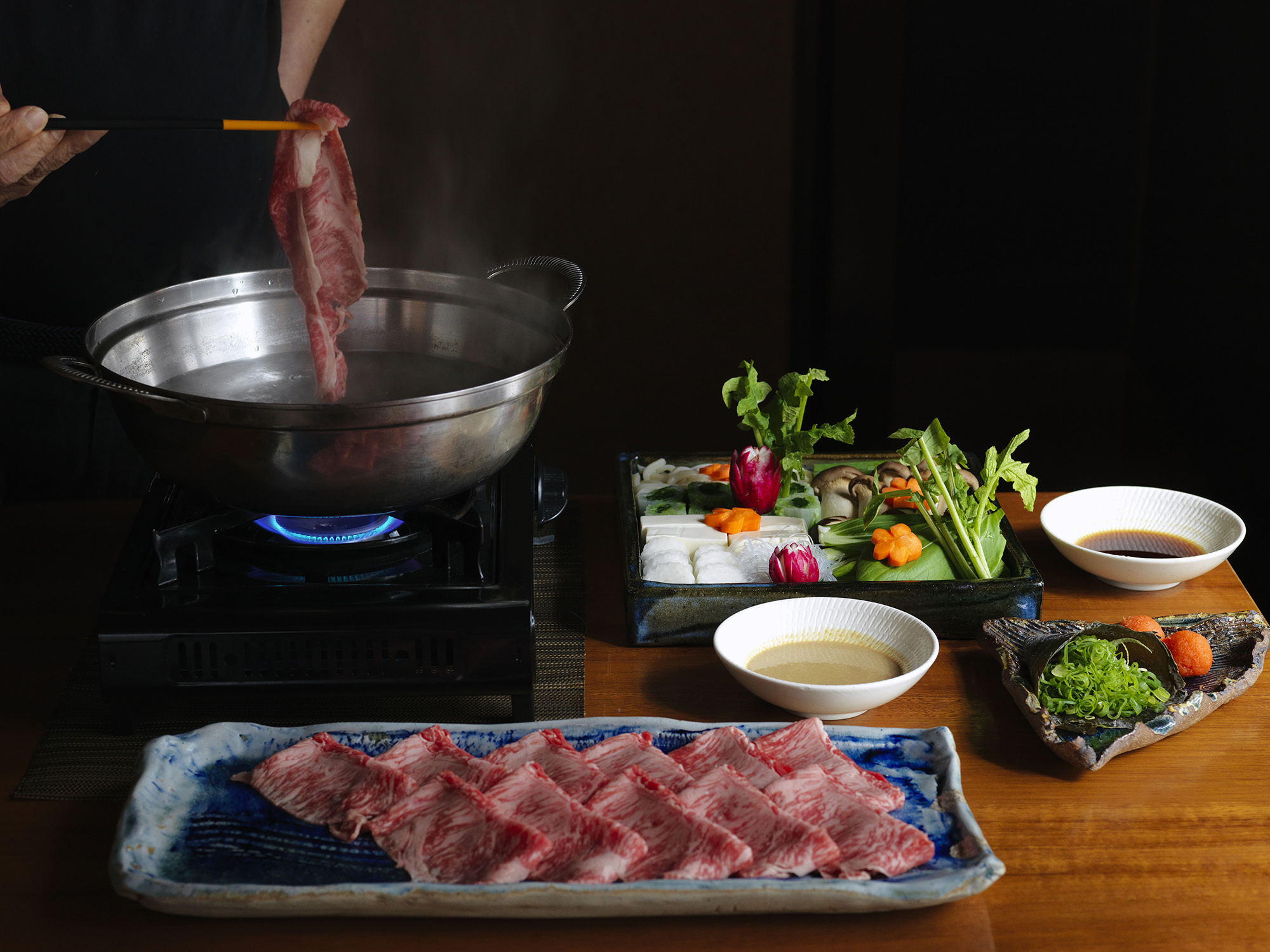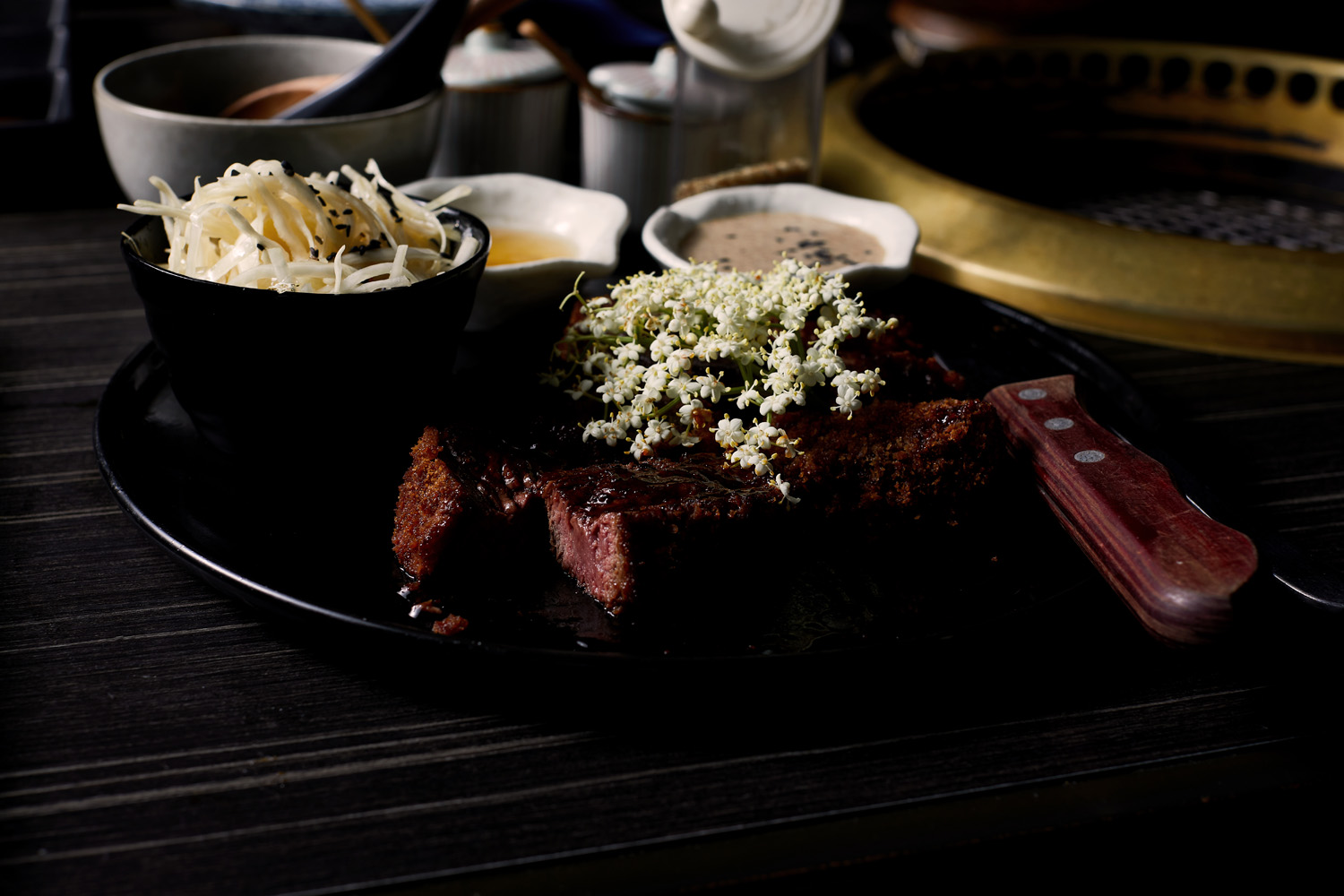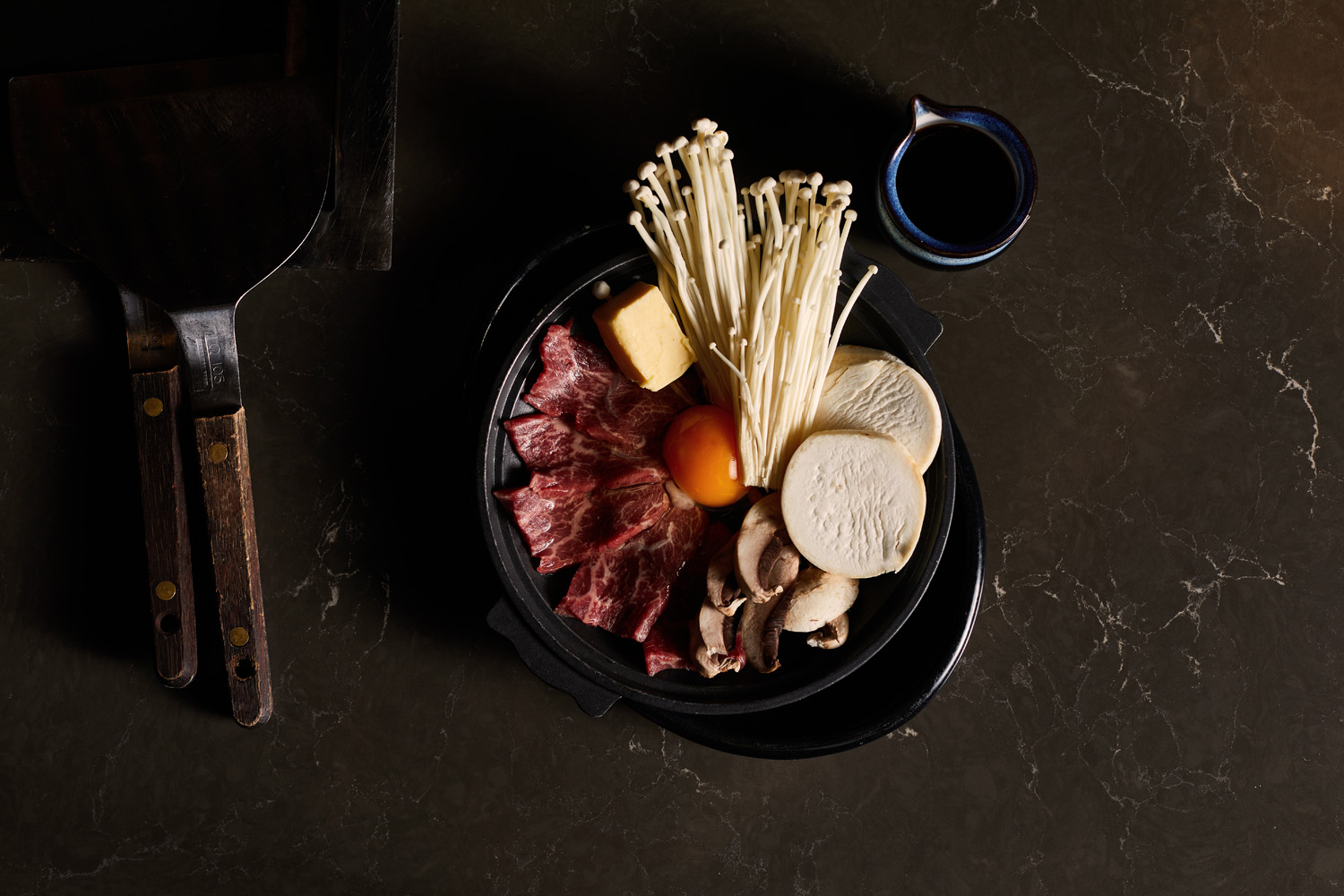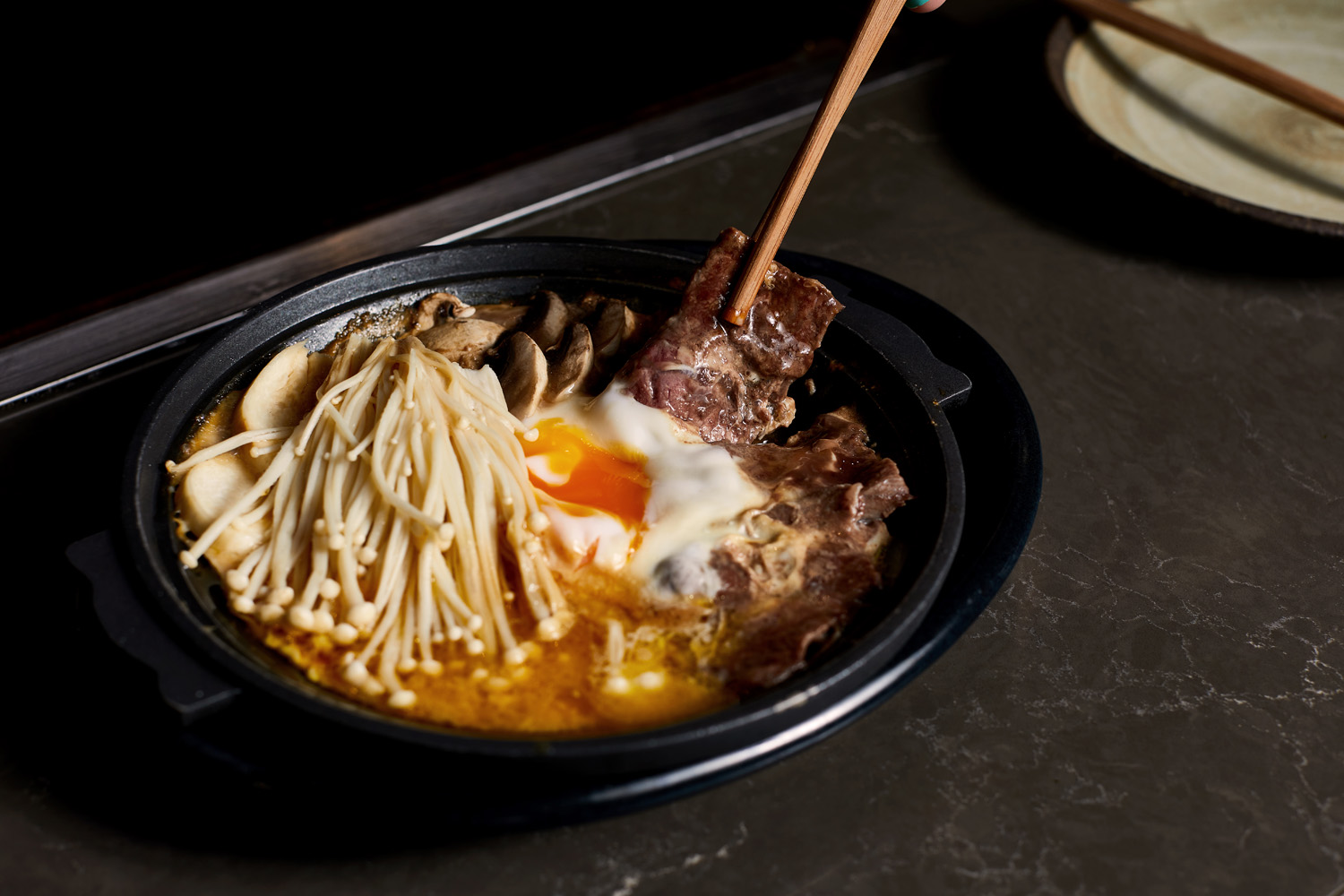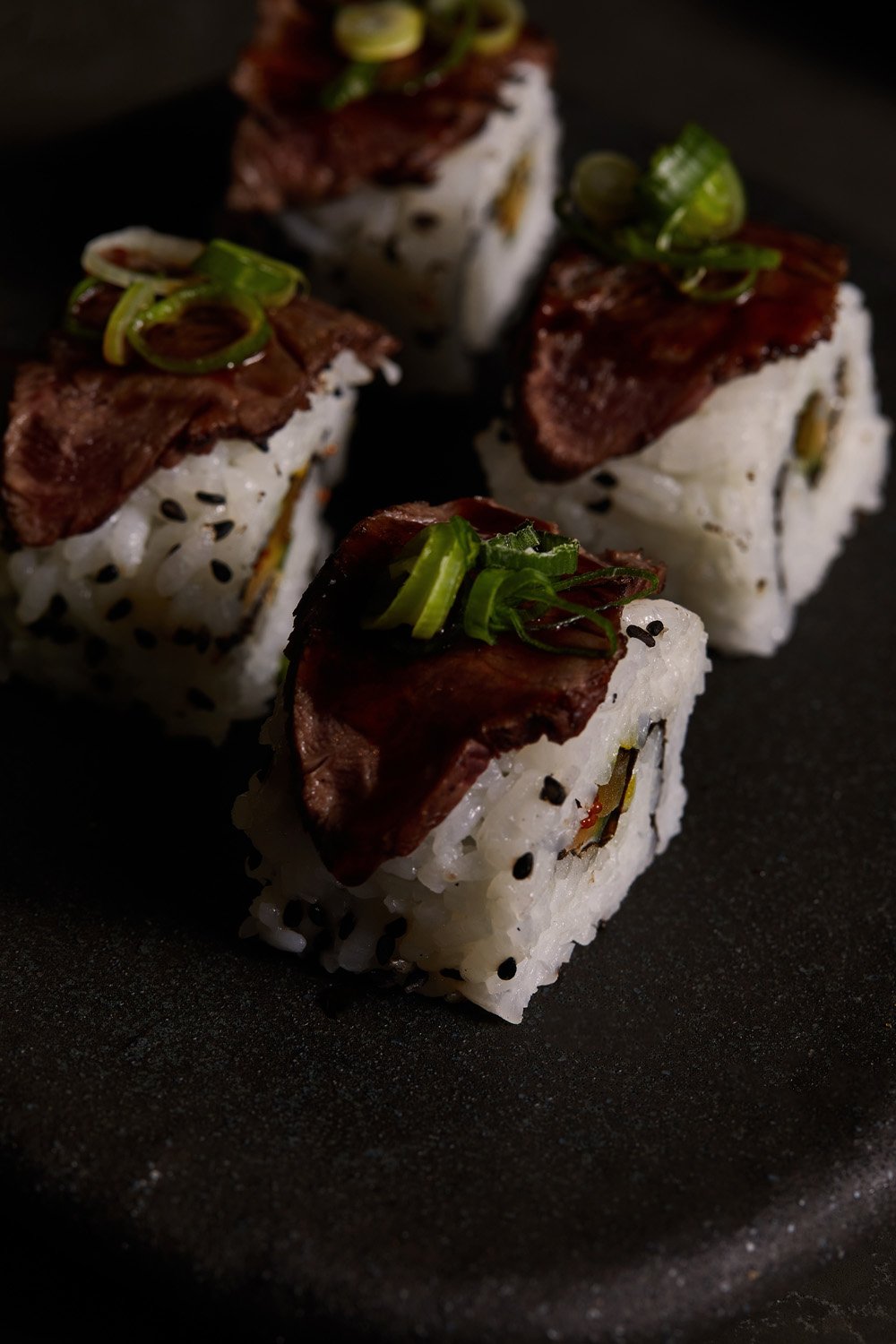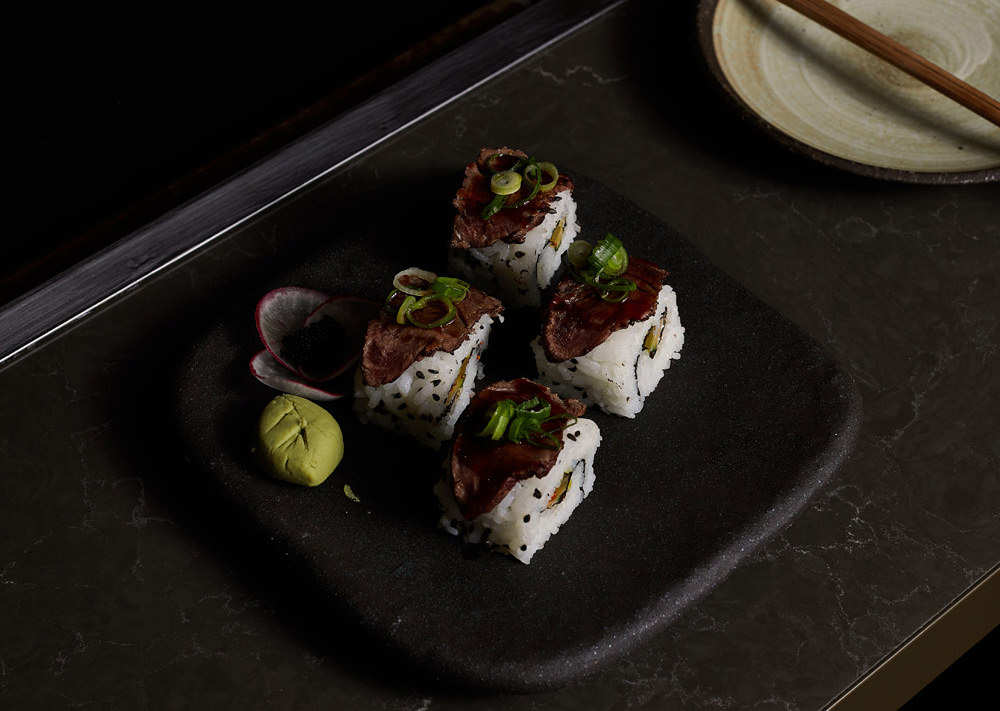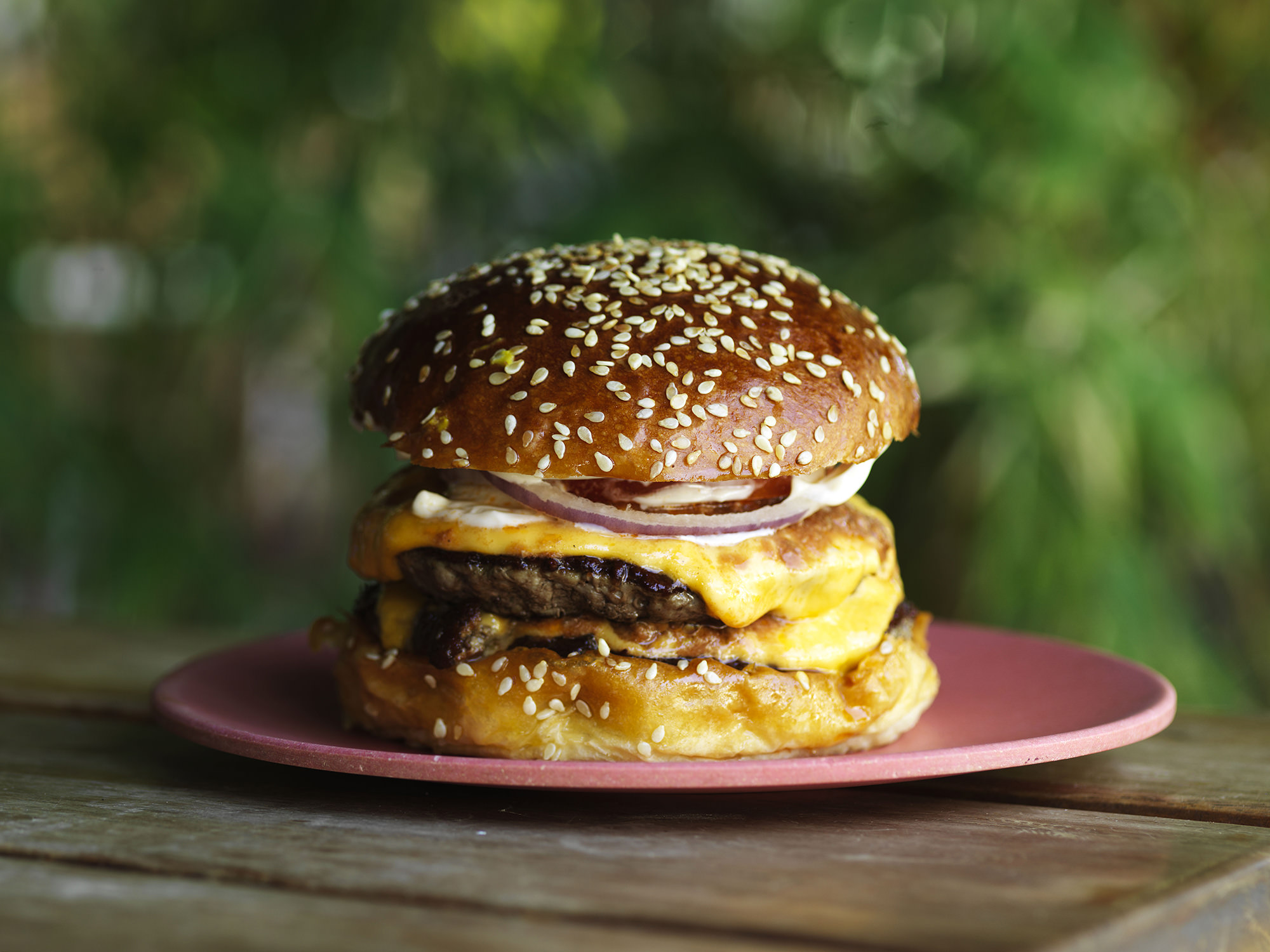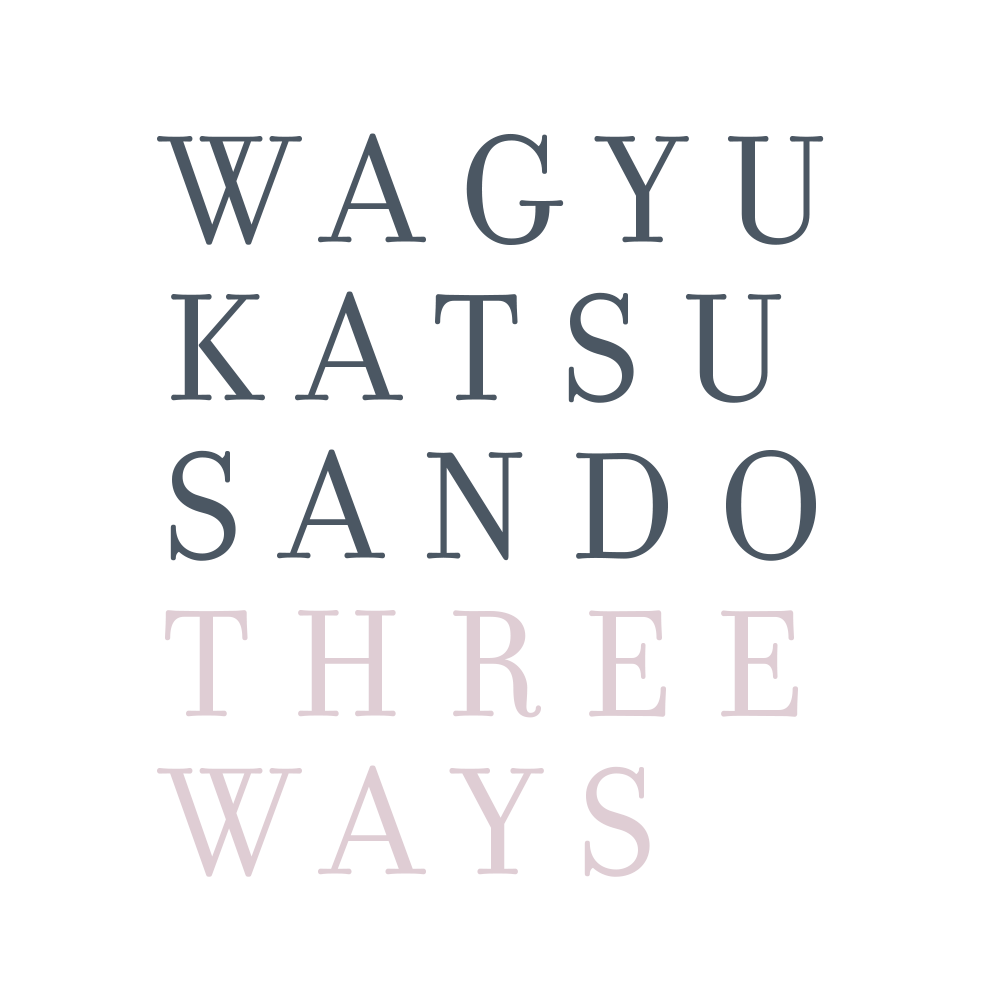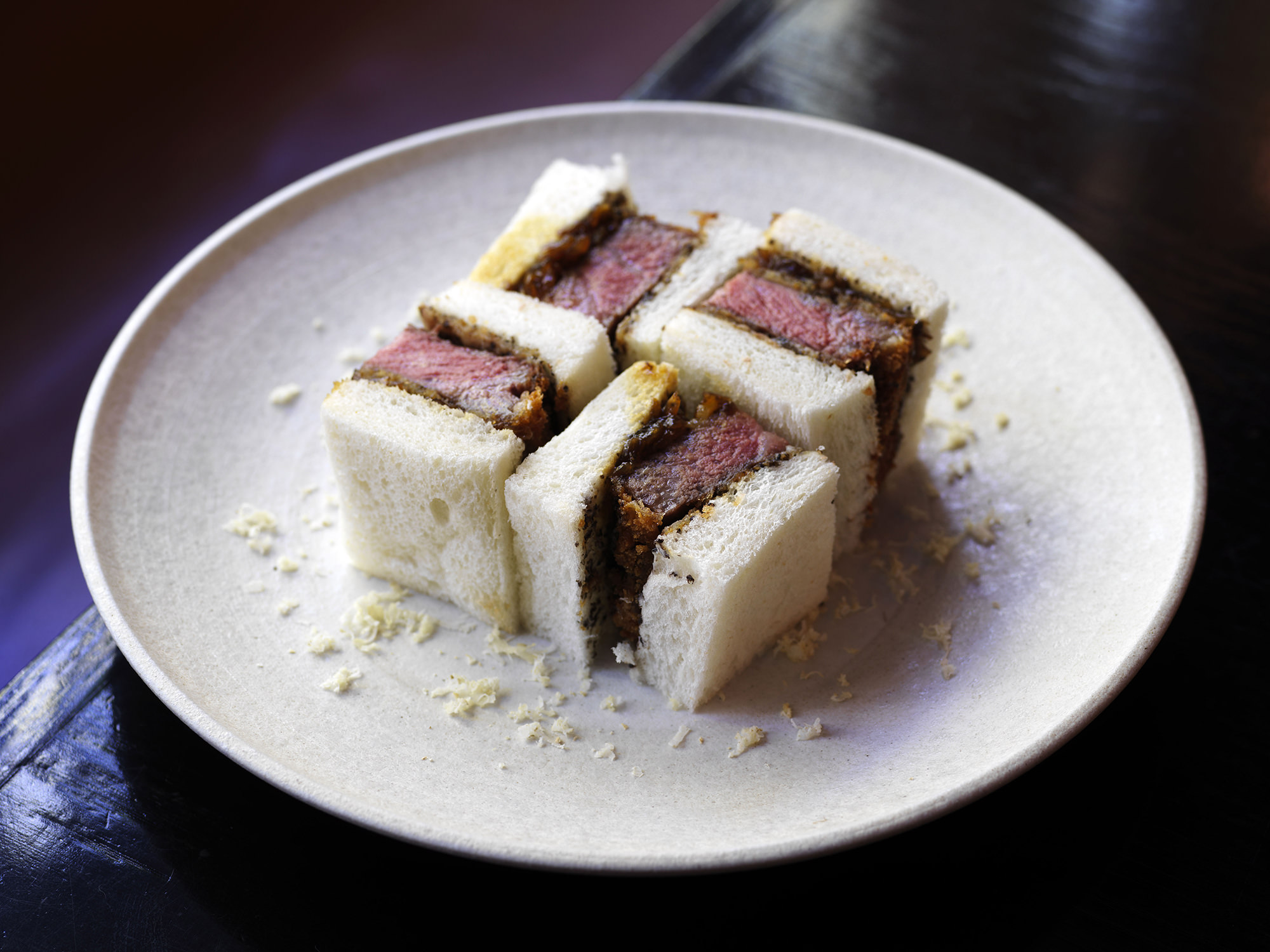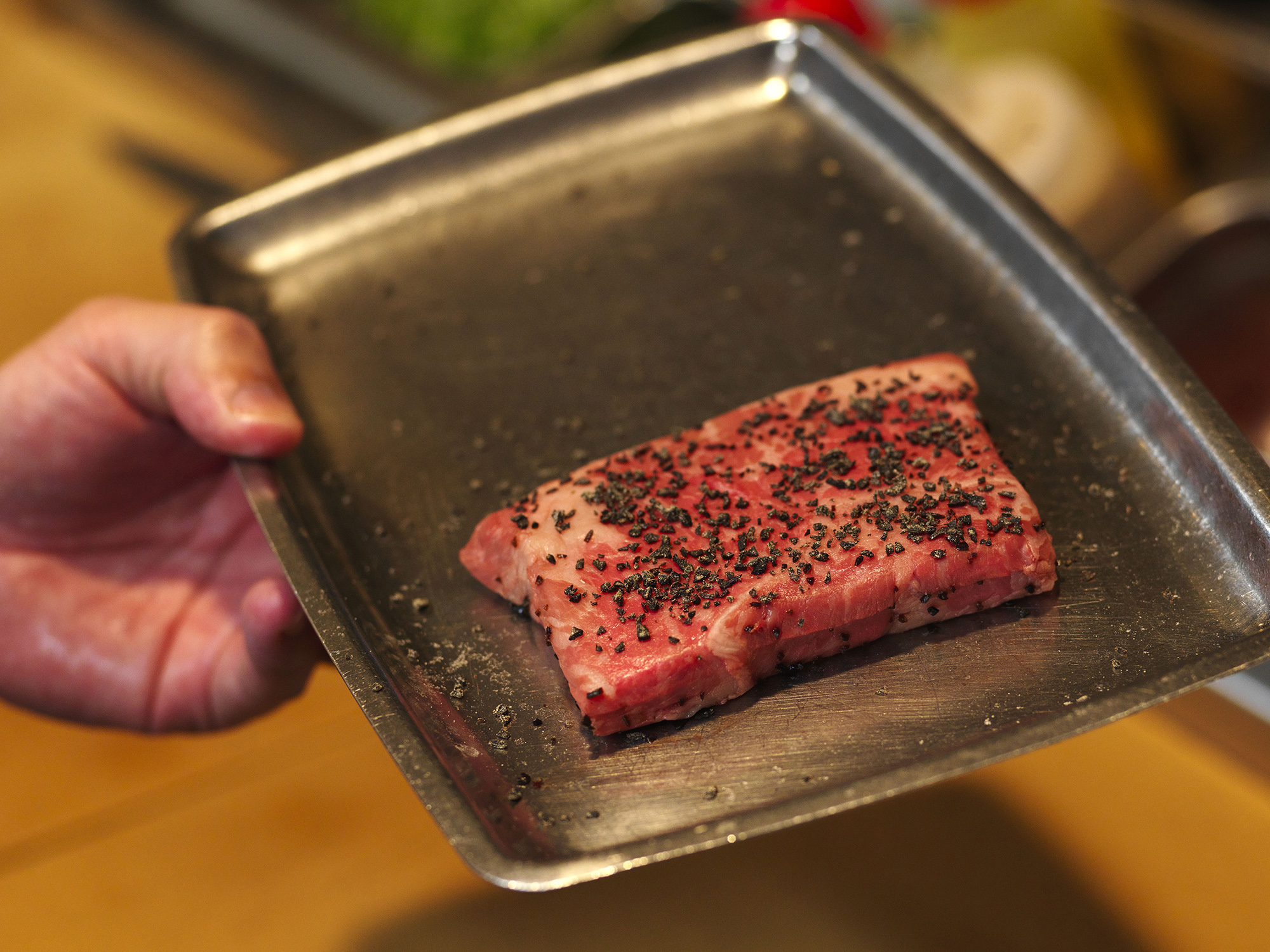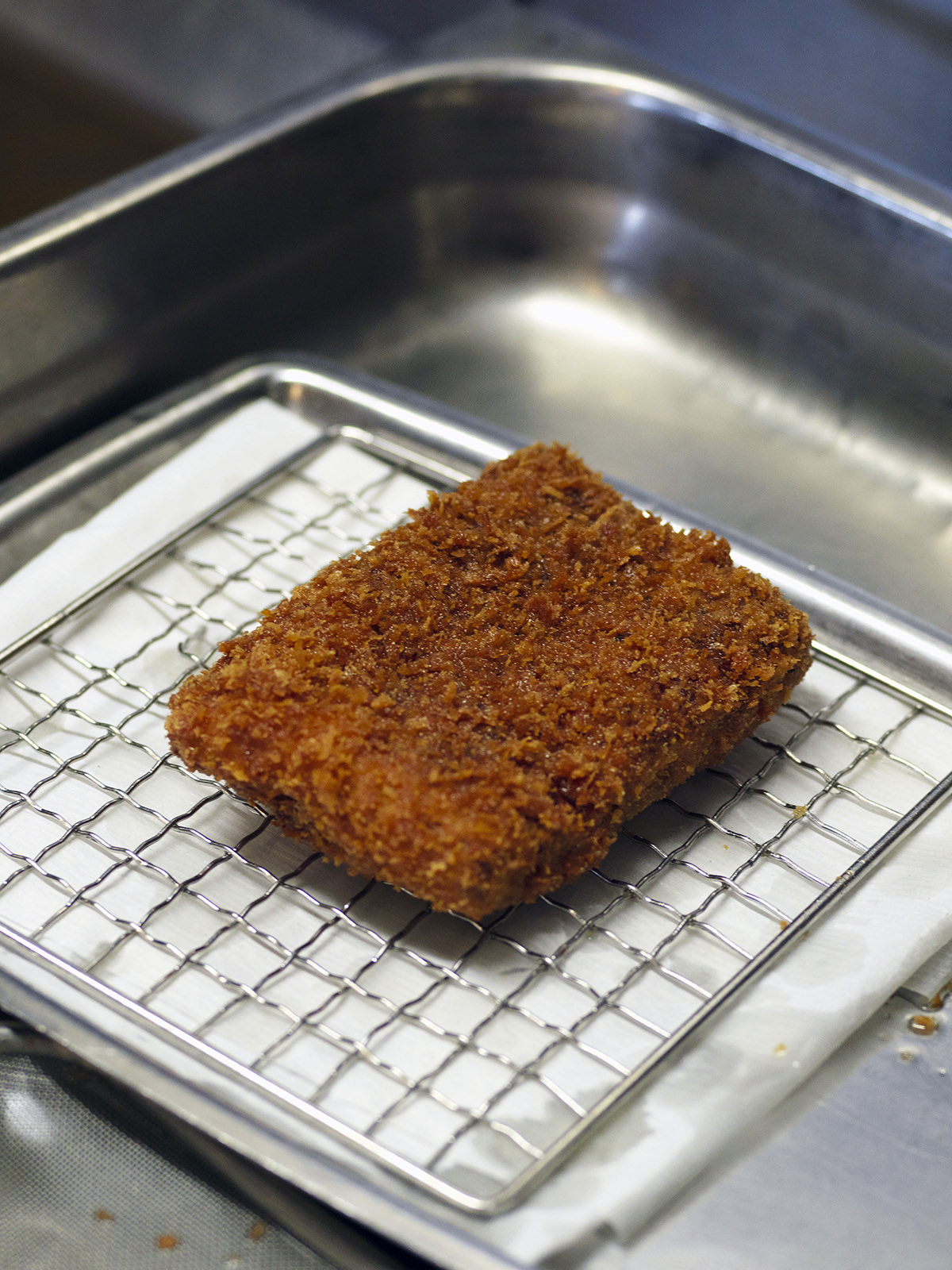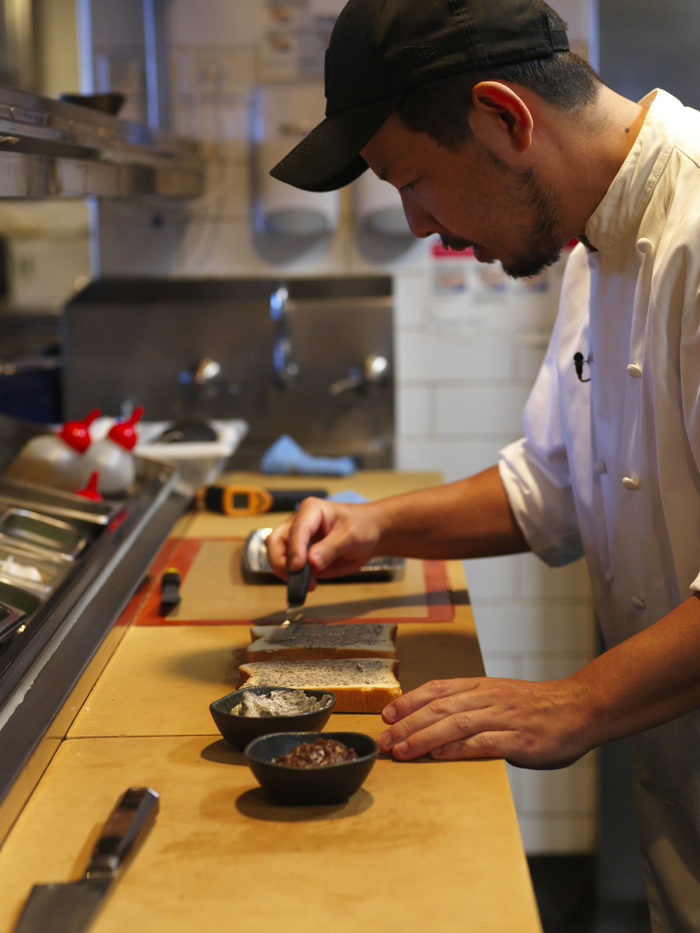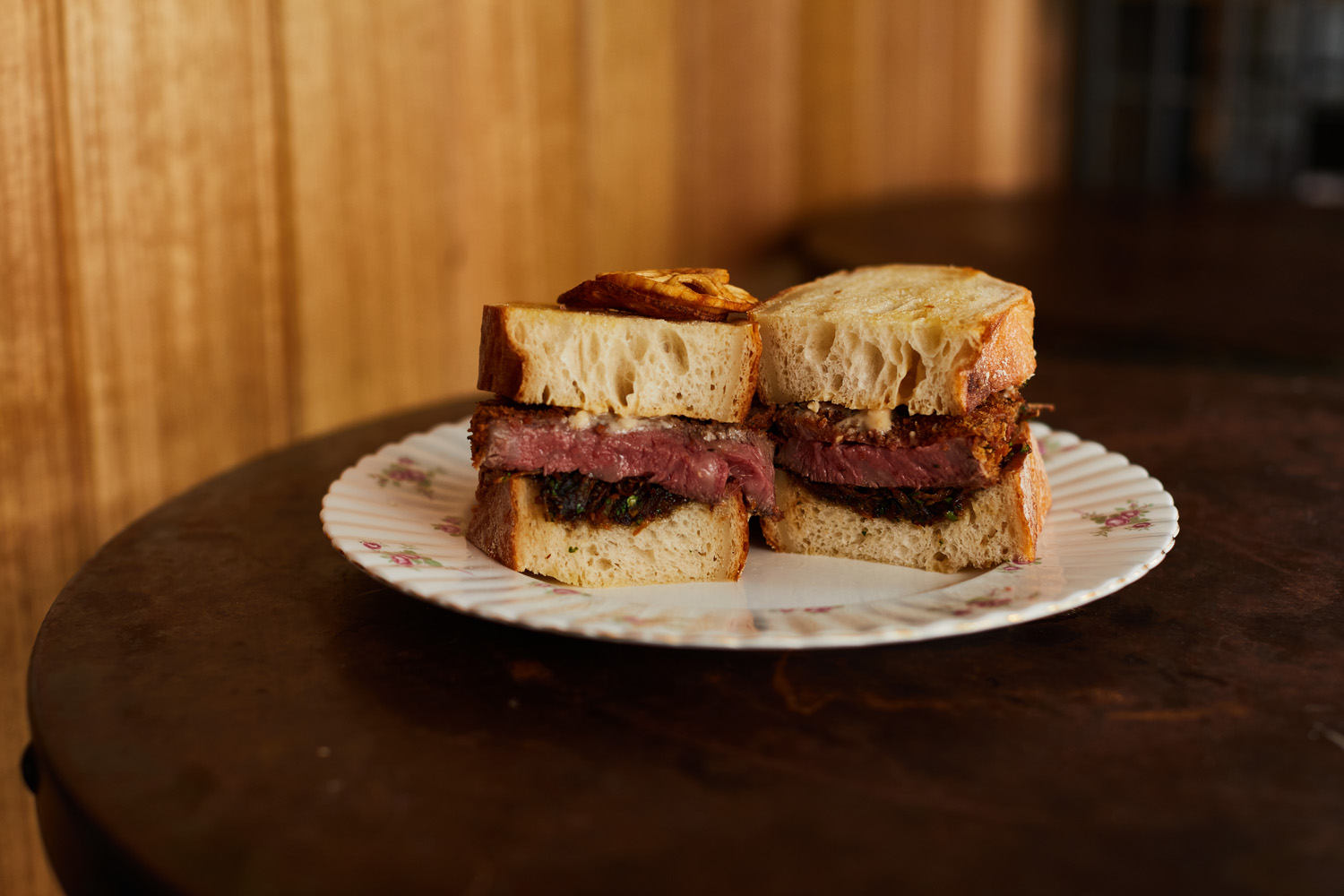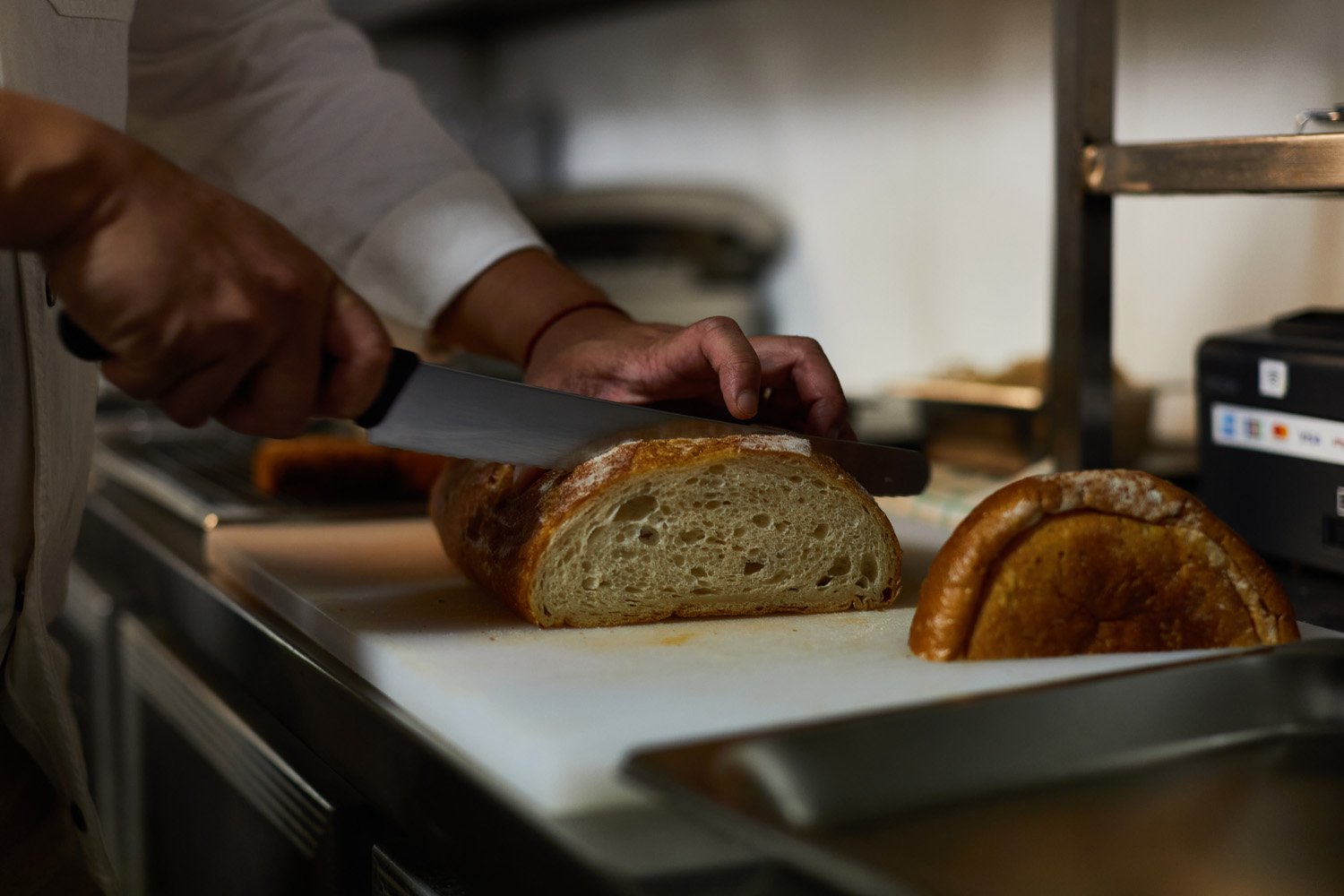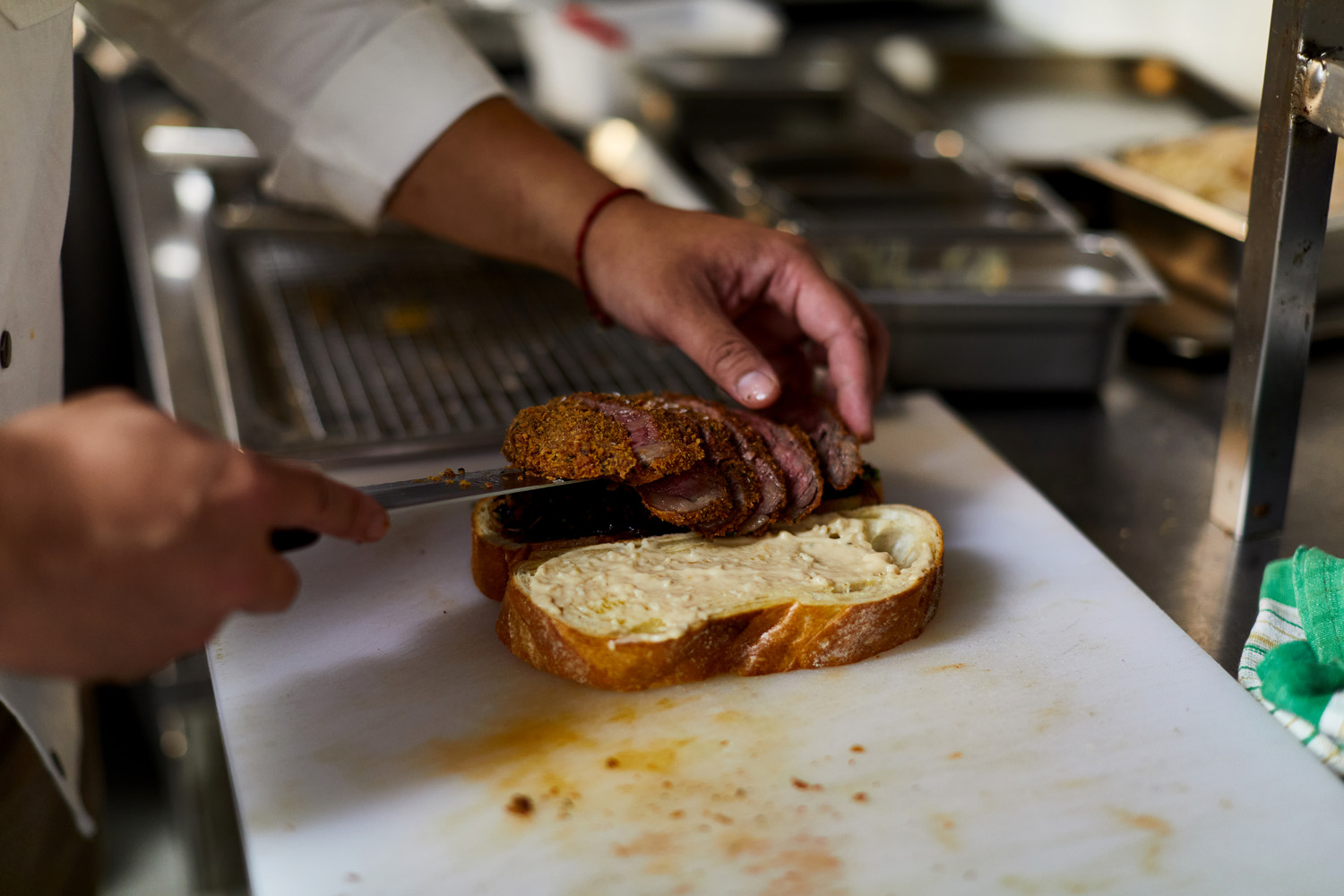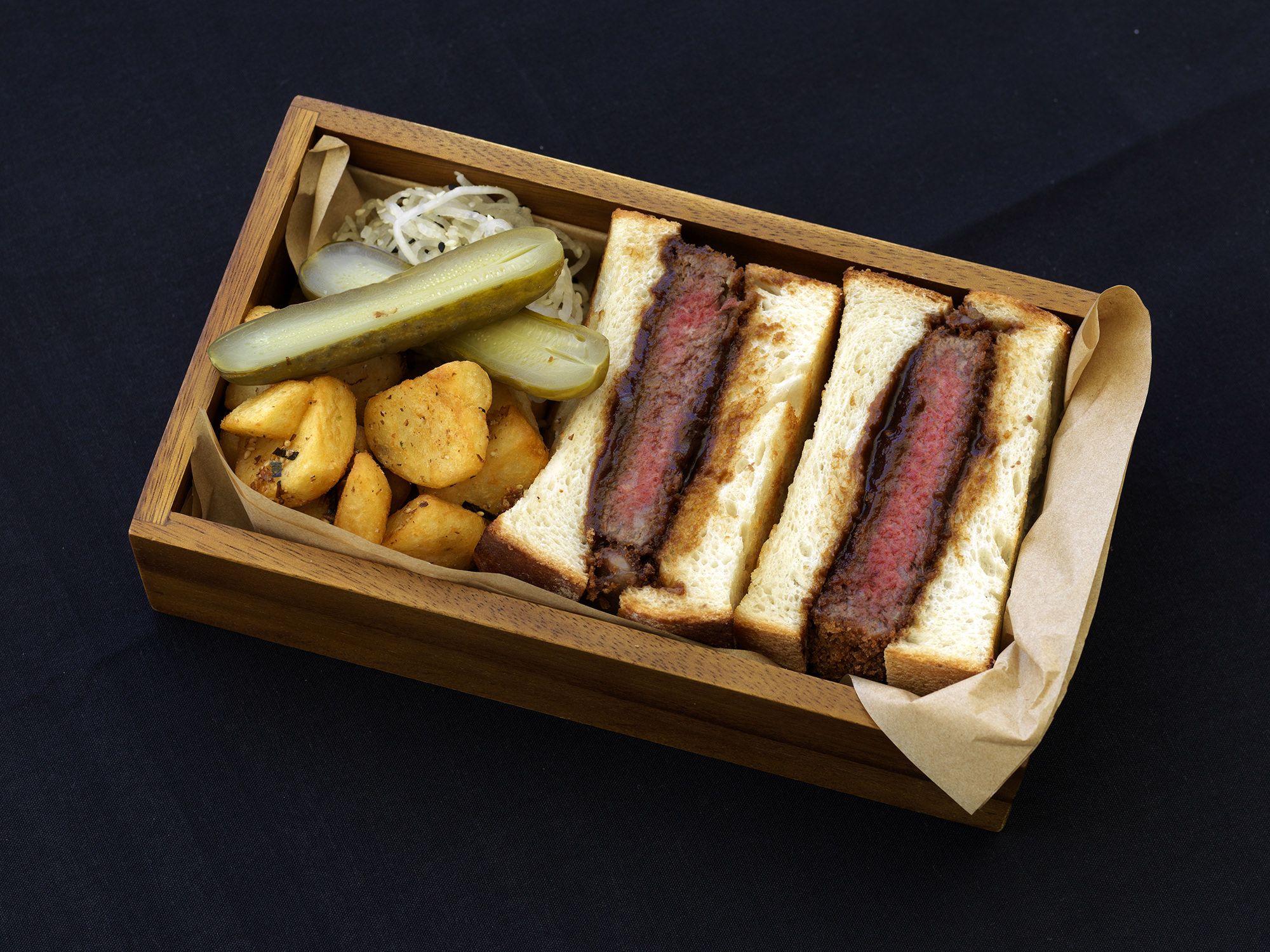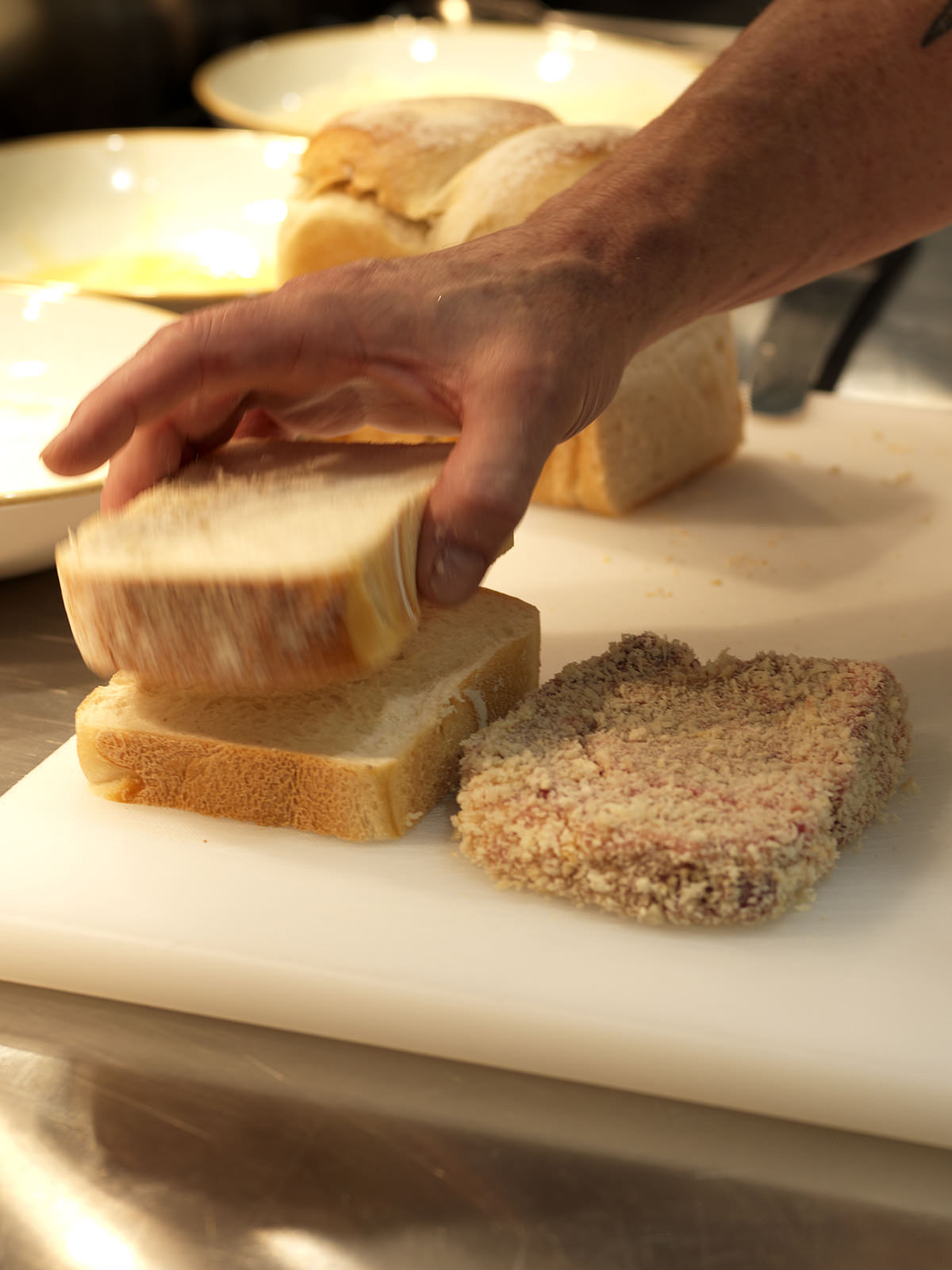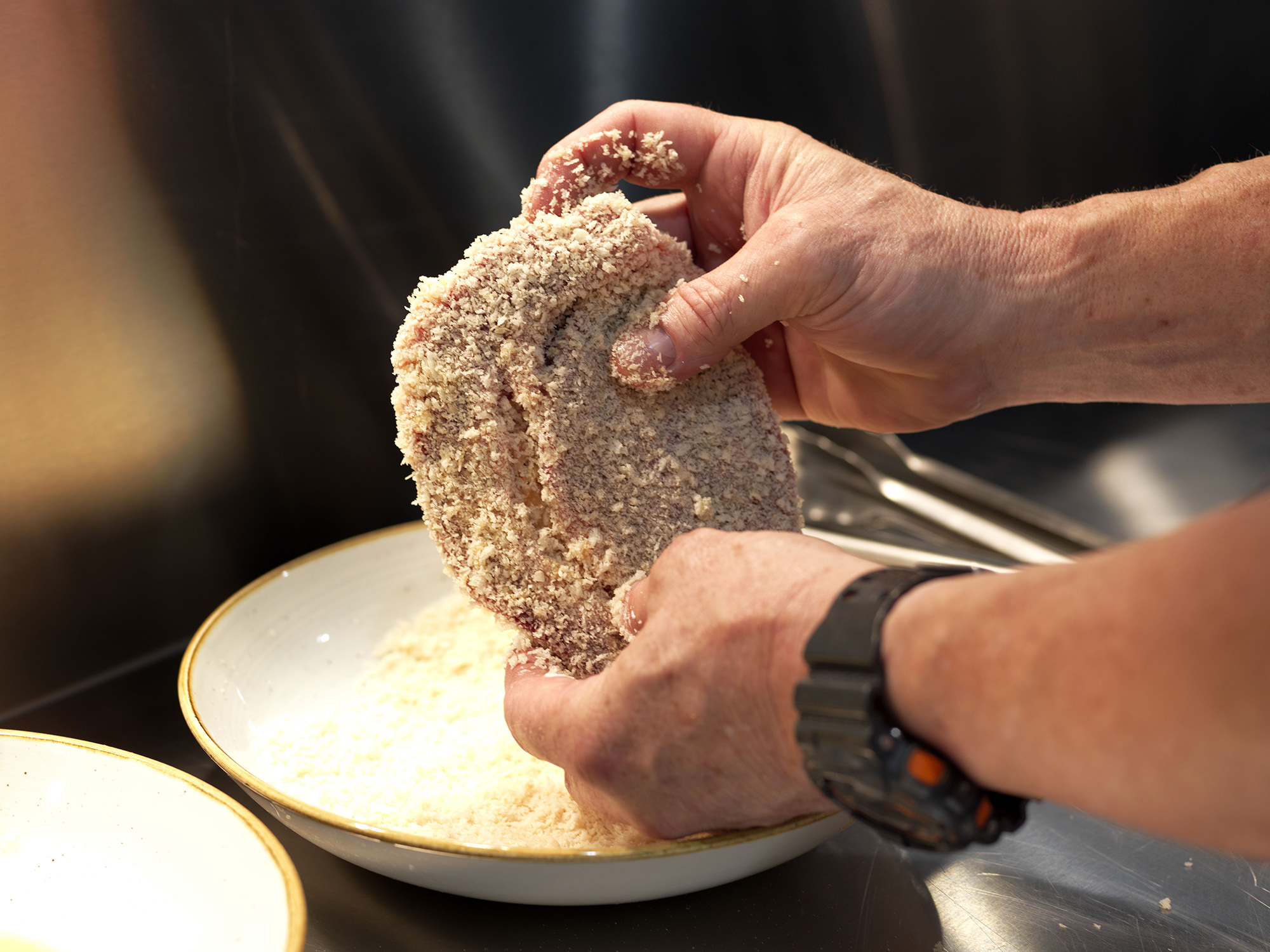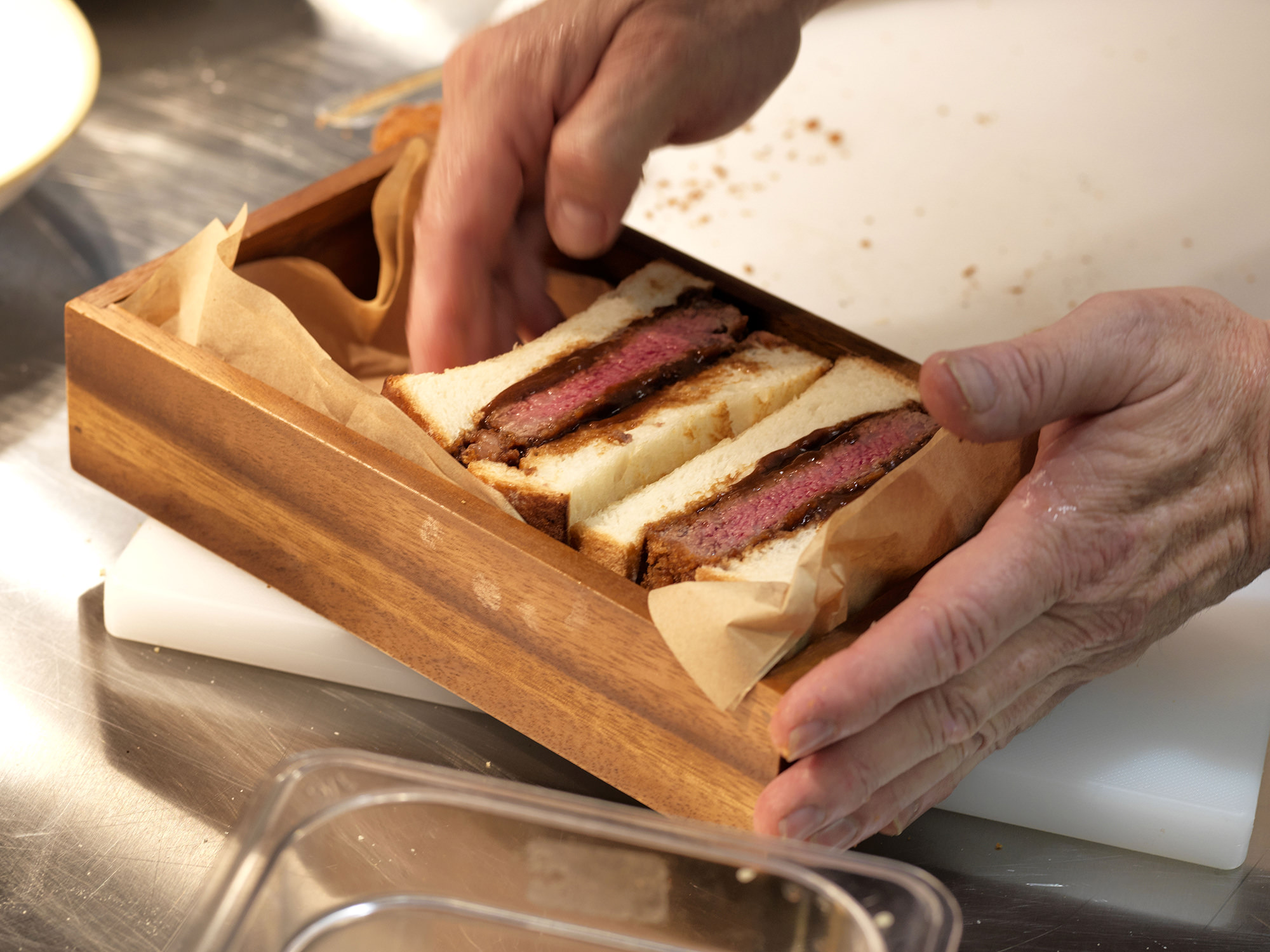Editors’
Letters
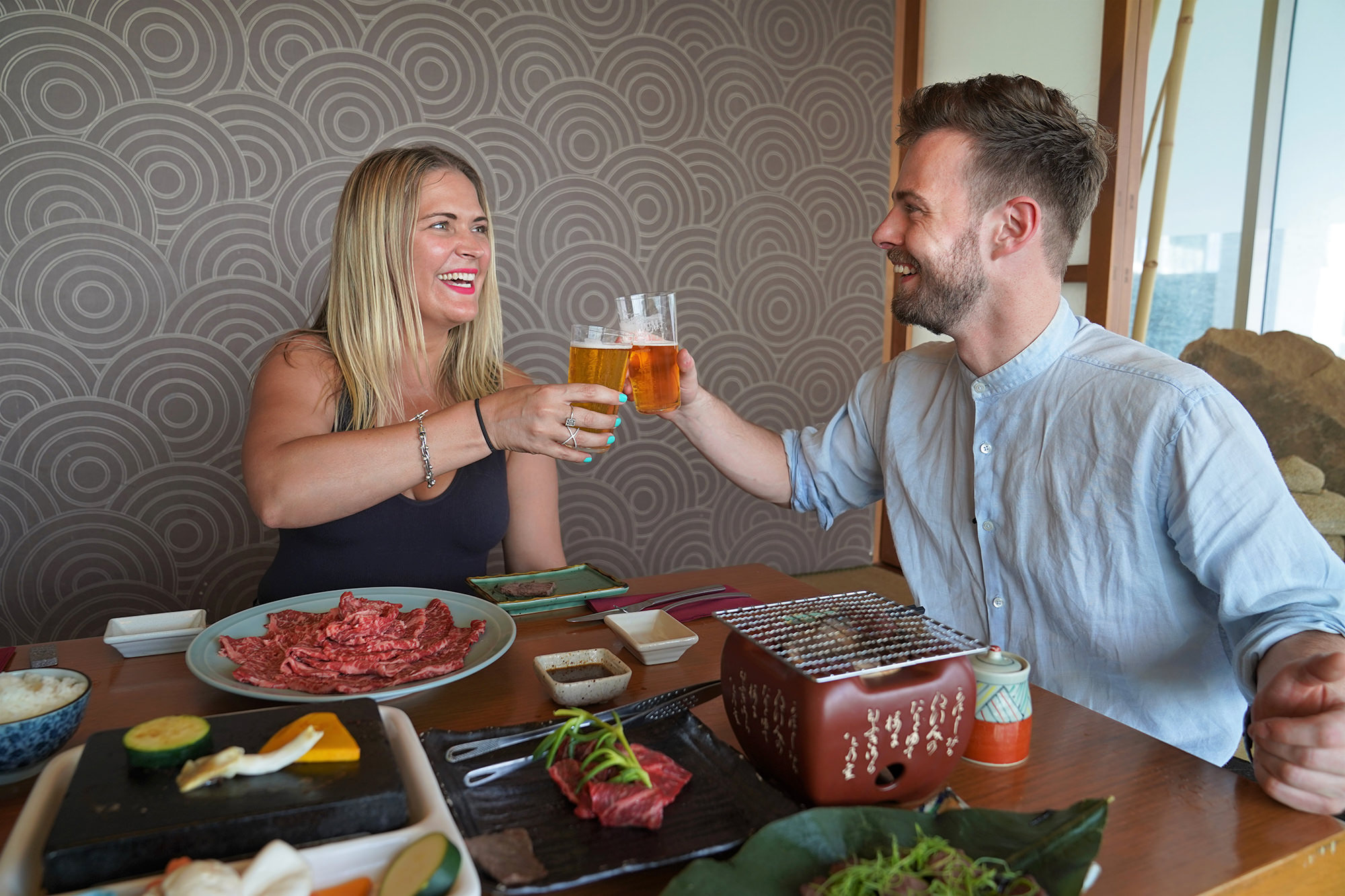
This issue comes with mixed sentiment as we warmly celebrate our tenth issue and simultaneously come to terms with COVID-19, its impact on the foodservice sector and the flow-on effect to suppliers and producers.
From a red meat industry perspective – we are fortunate to remain operational, while the markets for Australian beef and lamb fluctuate with continual changes in demand and behaviour at home and around the globe.
Originally intended to align with Australian Beef the Greatest’s sponsorship of the Australian Olympic and Paralympic teams for Tokyo 2020, this issue has been through its own raft of changes. The postponement of the Olympics, an international travel ban and severely restricted domestic travel, saw us bring the focus squarely back home.
Our guest chef editor Josh Raine hails from one of the country’s most renowned restaurants – the tenacious Tetsuya’s, where many a successful chef has done their time. Before the impact of COVID-19, this national treasure was still at the top of the restaurant game, continually evolving and still, after 30 years, a drawcard for customers around the world seeking the ultimate in fine dining experience.
Sticking with the Japanese theme, we took a trip to Mayura Station, one of the beef producers proudly featured on the Tetsuya’s menu. Wagyu is the fastest growing breed of beef in Australia and Mayura Station has been a key player from the start. Their fully vertically integrated approach – with their very own on-farm restaurant – and a feeding regime with special ingredients like chocolate and lollies – makes the Mayura Station especially sweet.
Whilst this issue was to be filled with food, inspiration and tales of Tokyo – we are proud instead to bring you a wealth of Japanese inspired cuisine from our hospitality community right here at home. From time-honoured traditions to inspired innovations, the finesse of fine dining to the satisfaction of a stadium sandwich – we hope the stories of your comrades, their kitchens and their cooking bring you some ISO inspiration.
Mary-Jane Morse
Meat & Livestock Australia
[email protected]
@_raremedium
Earlier this year, before COVID-19 changed the shape of hospitality, I went on an eye-opening trip across the rolling cliffs of the Limestone Coast in South Australia. The bushfires were raging at this point and after flying over much devastation to get there, it was incredible to see the lushness of the area.
My good friend MJ had invited me on this trip, to see how wagyu cattle are produced in Australia. I first met MJ traveling on a produce tour through Queensland when I was a finalist in the Appetite for Excellence program. Coming from a family of farmers, she is incredibly knowledgeable and her awareness of the beef industry is second to none. I remember coming away from that trip and feeling inspired, with a hunger to develop my own knowledge.
My first job was in a local butcher at the ripe old age of 14 – so you could say that the meat industry has been influential throughout my life and I learnt the tricks of the trade early on. When MJ presented me with the opportunity for a trip to delve deeper into wagyu – my ideal location was Mayura Station – a product that has been influential in my style of cooking over the past seven years.
When I moved from the UK and started working with Australian produce, Mayura Station set the benchmark high. I first discovered it as head chef at Urbane where I chose to work with the underrated oyster blade. This amazing piece of meat has an unbelievable flavour profile and people just kept coming back for more. It was on the menu for two years and over that time, Urbane went from two hats to three and I got to work with some of the best producers in Australia.
One of the first products I wanted to bring to Tetusya’s was Mayura Station beef – it truly is my go-to and the basis for our signature Ponzu Wasabi dish. I am exceptionally passionate and appreciative of this product and have now seen first-hand the dedication that goes into its creation. It’s not a job – it’s a lifestyle and Mayura Station has given me the most incredible artwork. All I have to do is frame it.
Visiting Mayura Station was definitely a highlight for me in the making of this issue and I highly recommend you check out the story and the video about this amazing beef.
Whilst I was obviously disappointed that we couldn’t travel to Japan as originally intended, our trip through Queensland trying incredible beef dishes at various Japanese restaurants was really fun and it was great to see the calibre of cooking and the range of cuts being used.
I hope you find some things in this issue to keep you inspired about your craft and your cooking during isolation and beyond.
Josh Raine
Executive Chef
Tetsuya’s
@chefjoshraine
@tetsuyasydney
Copyright: this publication is published by Meat & Livestock Australia Limited ABN 39 081 678 364 (MLA).


